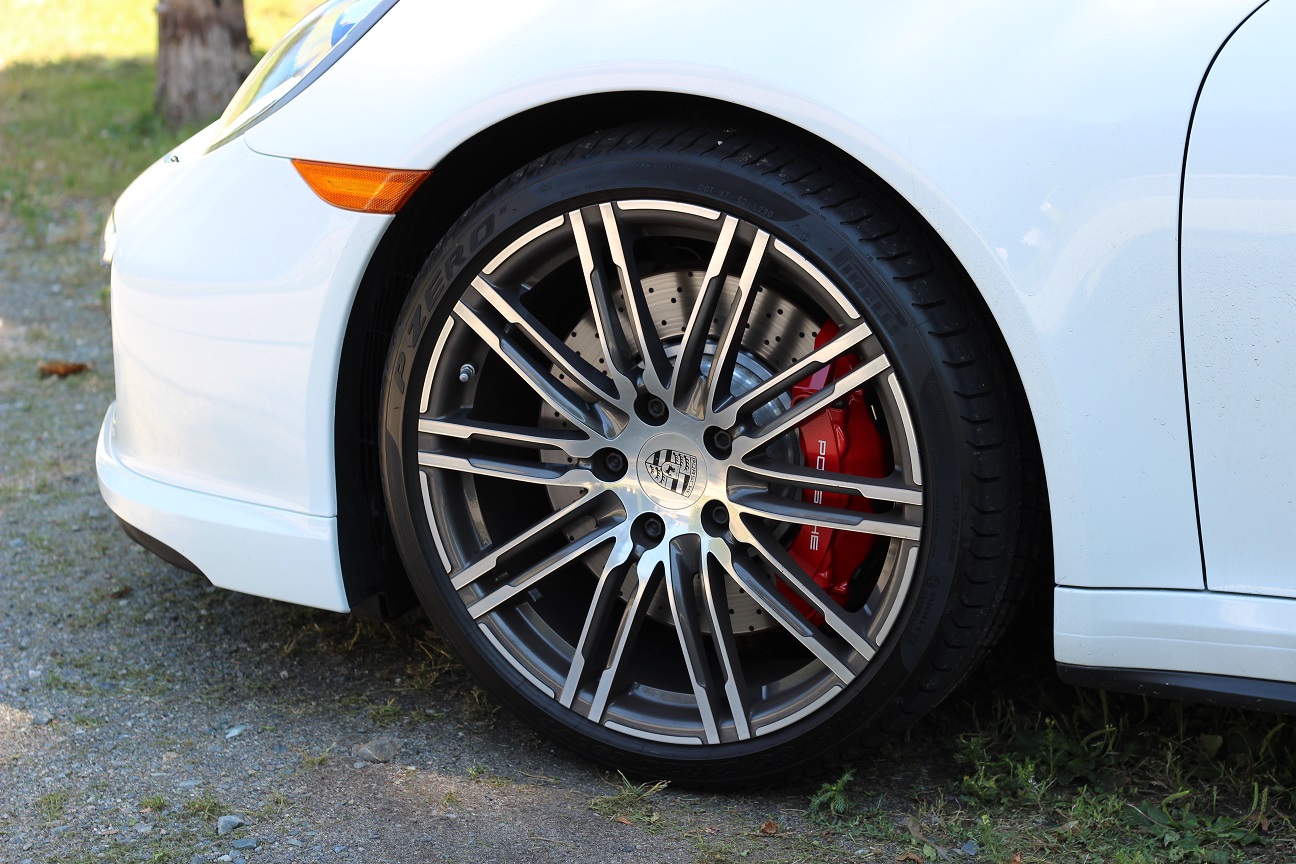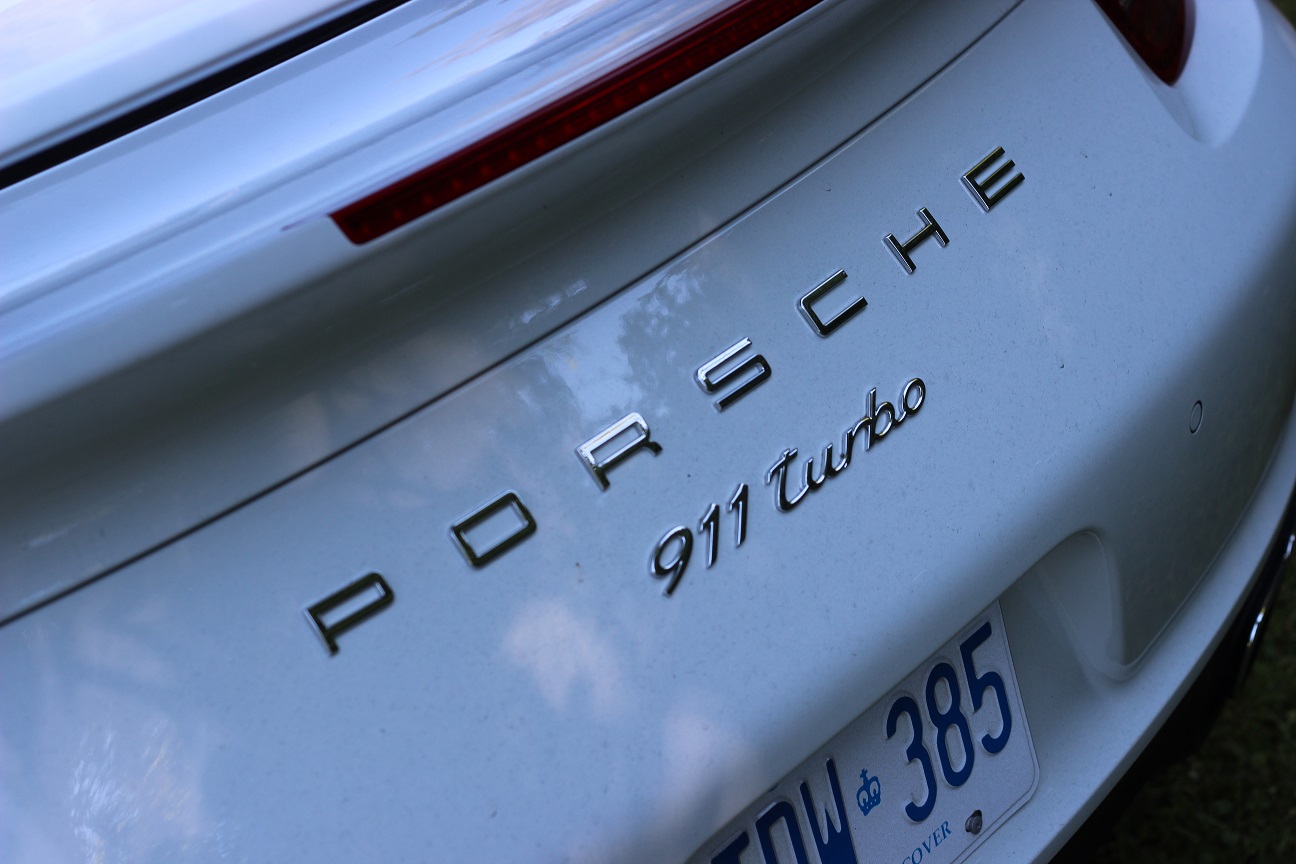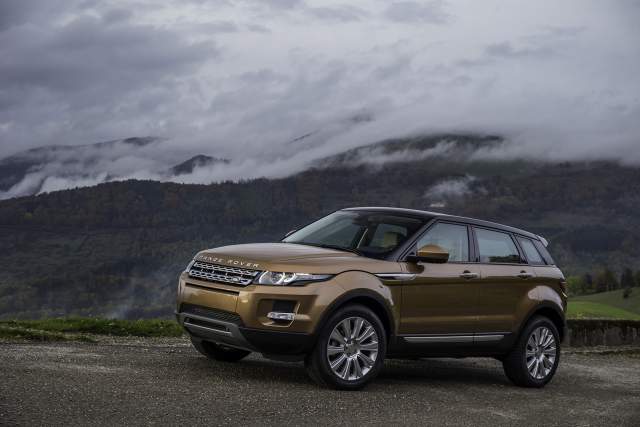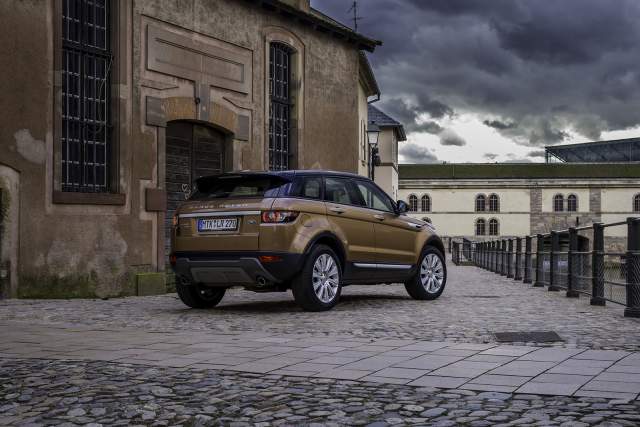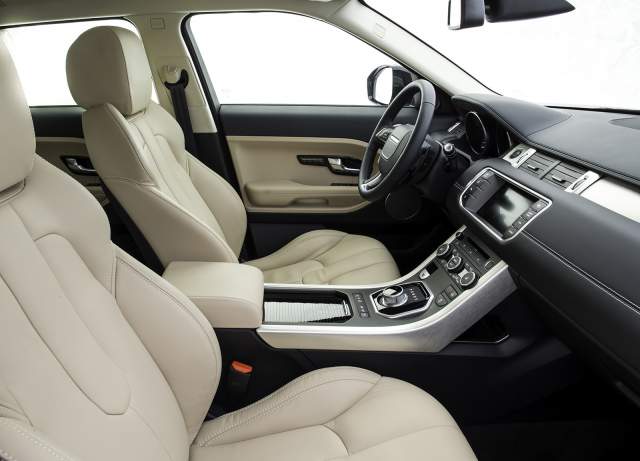First Drive – 2015 Ford Mustang: just add turbo
 Los Angeles, CA – Mach 1. Boss 302. King Cobra…EcoBoost?
Los Angeles, CA – Mach 1. Boss 302. King Cobra…EcoBoost?
The first three should be recognizable to any Mustang enthusiast; indeed, they represent Mustang models that were at the top of their game for the time. They had the biggest, most powerful engines, the biggest tailpipes and the biggest presence.
The fourth brand on that list, though—EcoBoost—is kind of “anti” in that it actually represents the Mustang’s latest smallest engine.
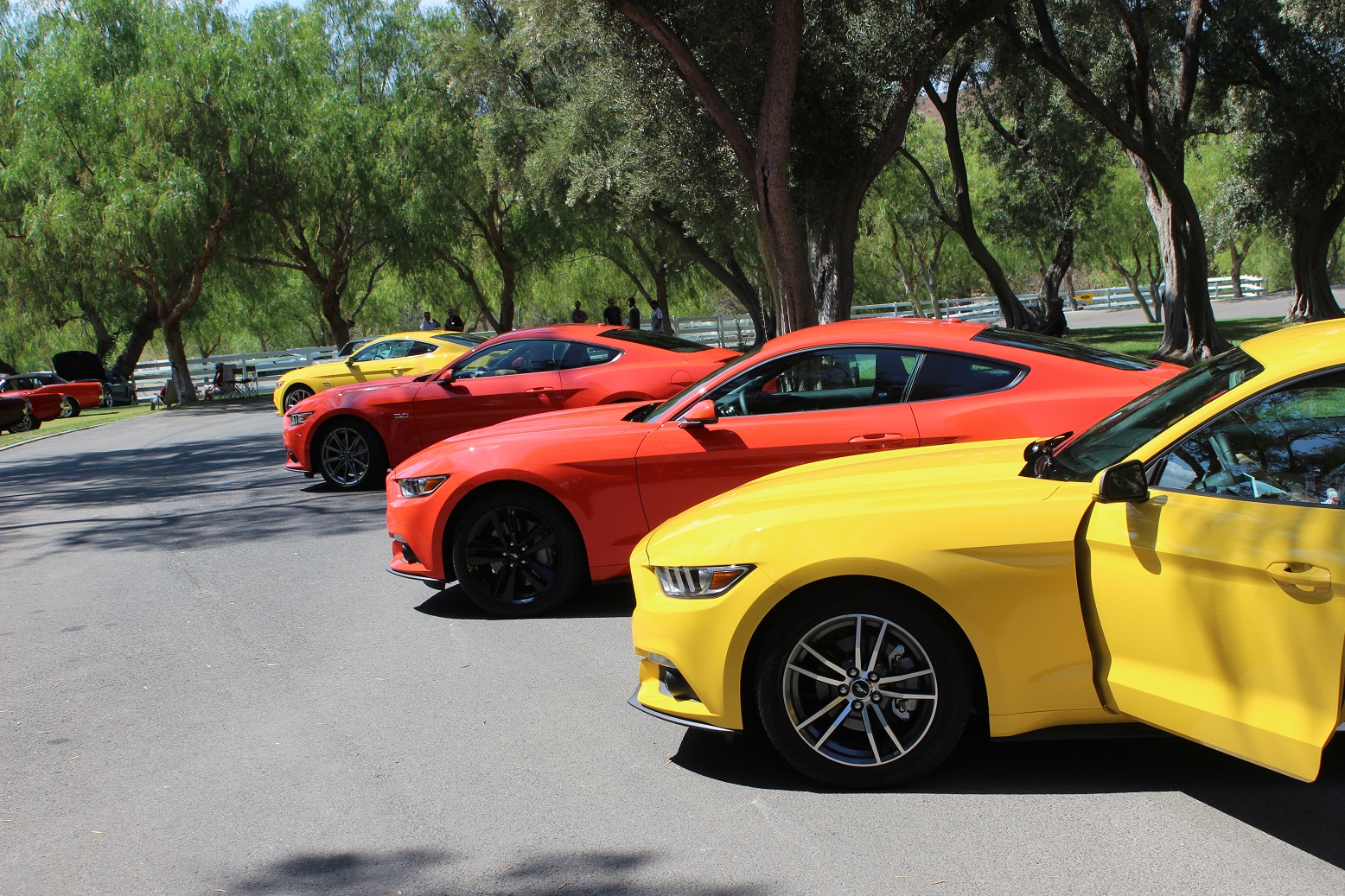
The story here is that while depressing the “go” pedal in a Mustang and hearing little more than air and a faint whistle as the turbo spools up may sound strange, forward progress is a lot swifter than the anti-turboists would have you believe. The story here is that Ford's done a four-banger Mustang once again and I'm giving it a big thumbs up.
We spent most of our time in the mountains just outside of Los Angeles, CA and if any environment was to really test a turbo’s chops, this is it.
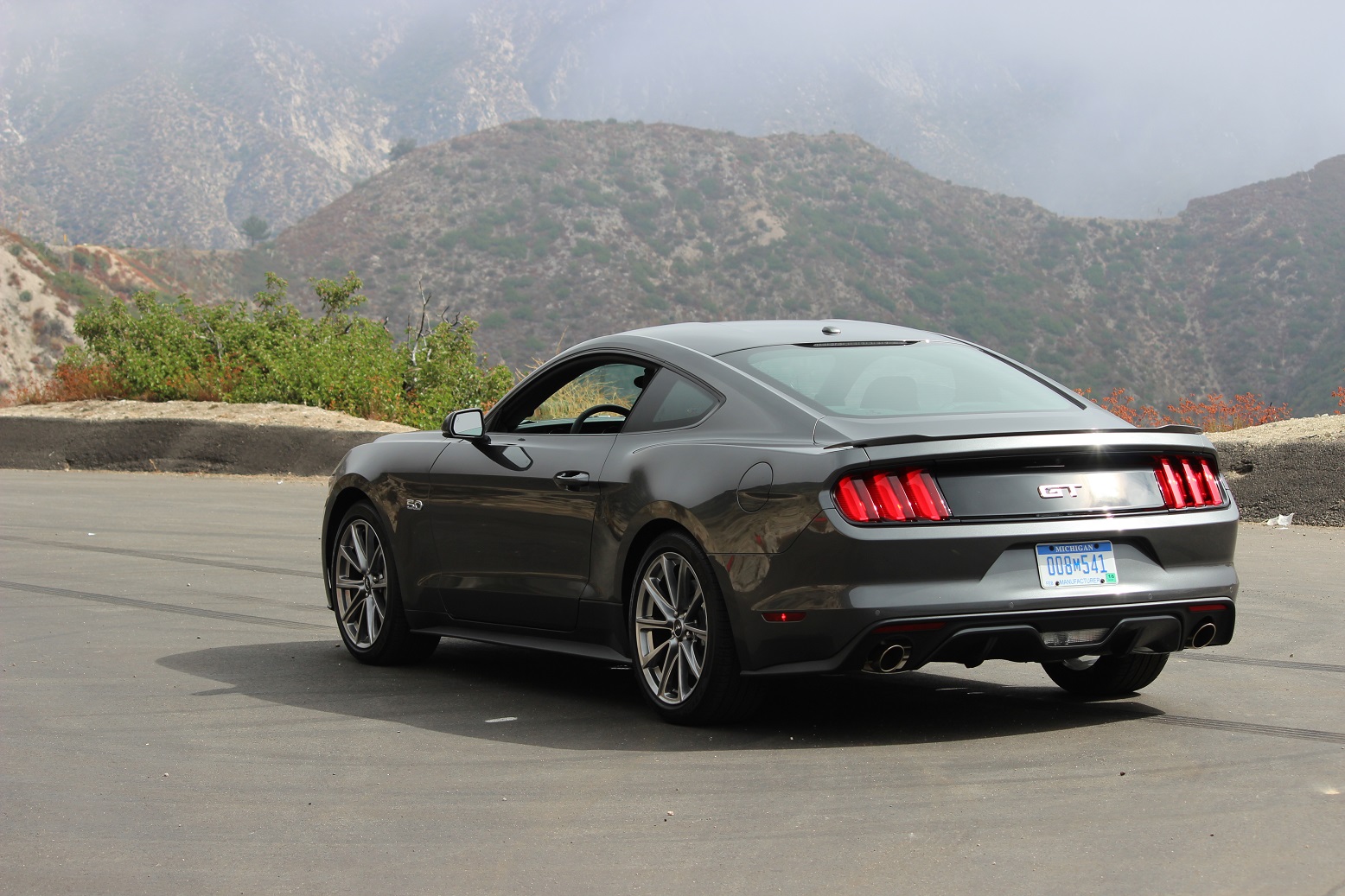
We’d see a steep grade approaching in fourth gear—the kind of climb you always downshift for—but we wouldn’t, and it would just continue to pull. Heck, we’d even select fifth just to try and cripple the thing, usually to no avail.
Of course, two less cylinders means less weight up front, so the EcoBoost car becomes eminently tossable as well, even if the steering does feel a little aloof when you’re on tilt.
I will say, however, that the optional Performance Pack ($3,000) mostly makes up for the sometimes incommunicado steering. It provides a bigger rear sway bar, a 3.55 rear-axle ratio and performance chassis tuning. You also get a set of stealthy 19-inch black alloys with the package, meaning it’ll be tougher to sneak up on people with your hot(ter) ‘Stang.
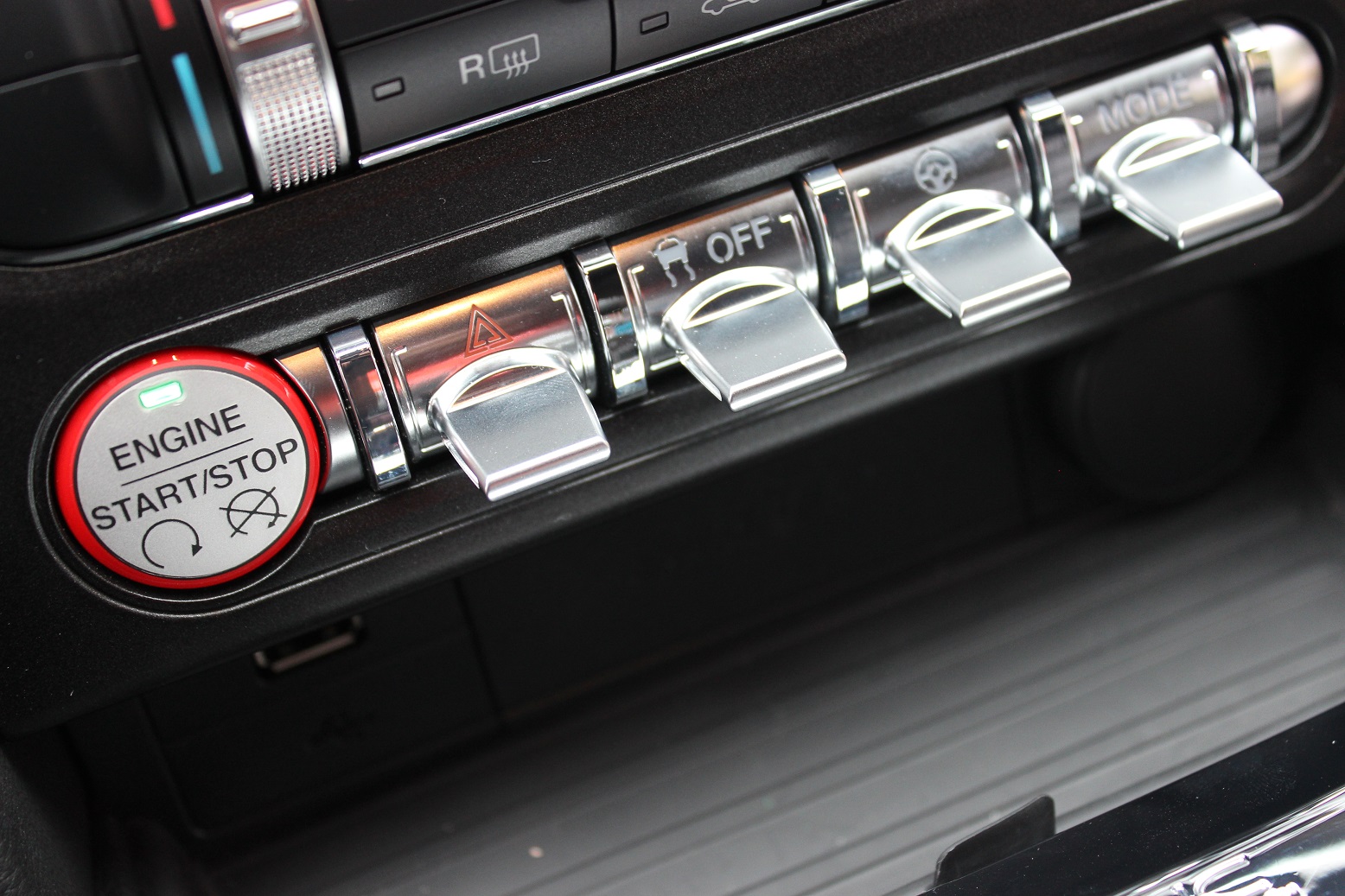
That’s OK, though; Mustangs have always been cars that were just as comfortable cruising as they were carving curves, so we can forgive the slightly wooden steering. For the 2015 version, I felt it was even more comfortable to cruise in thanks to Ford finally kicking the live rear axle to the curb.
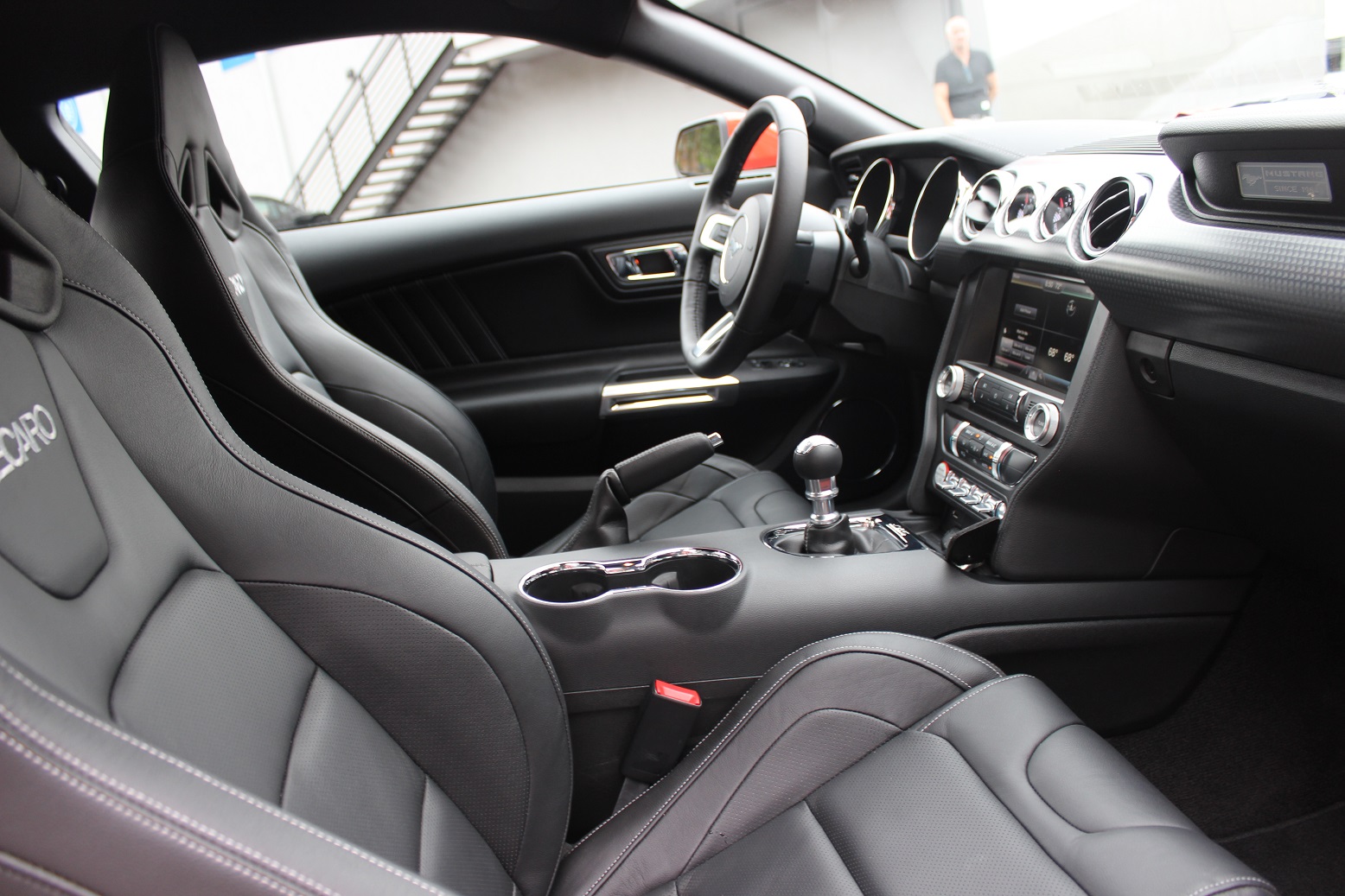
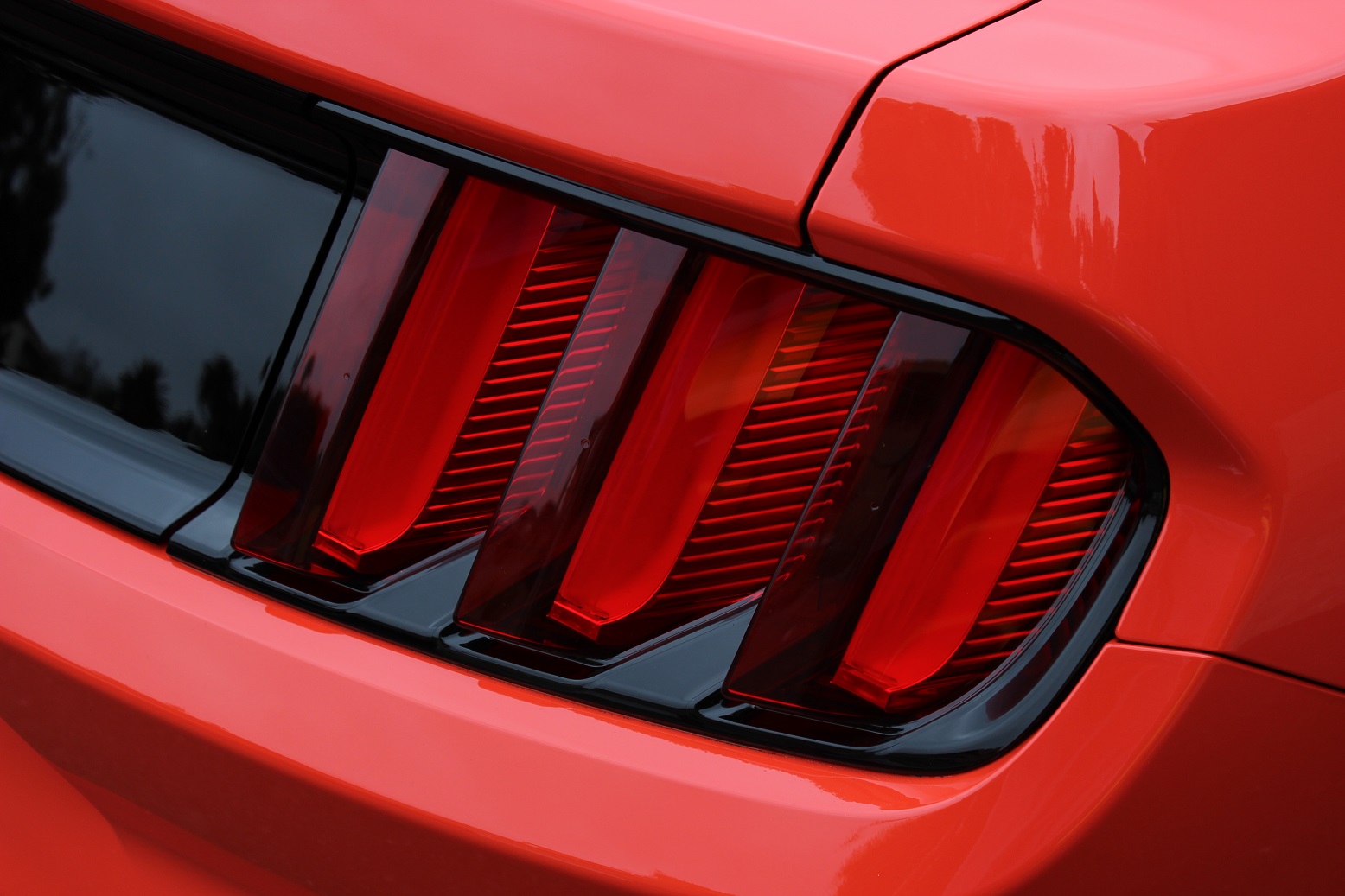
Oh, and if you want a little more rambunctiousness, go ahead and select the V8 GT (it starts at $36,999, the EcoBoost at $27,999). It even provides what Ford calls “Line-Lock”, but what may as well have been called “Burnout Buddy” for the way it locks the front brakes as you plant the throttle when activated, releasing them once you laid an appropriate length of rubber.
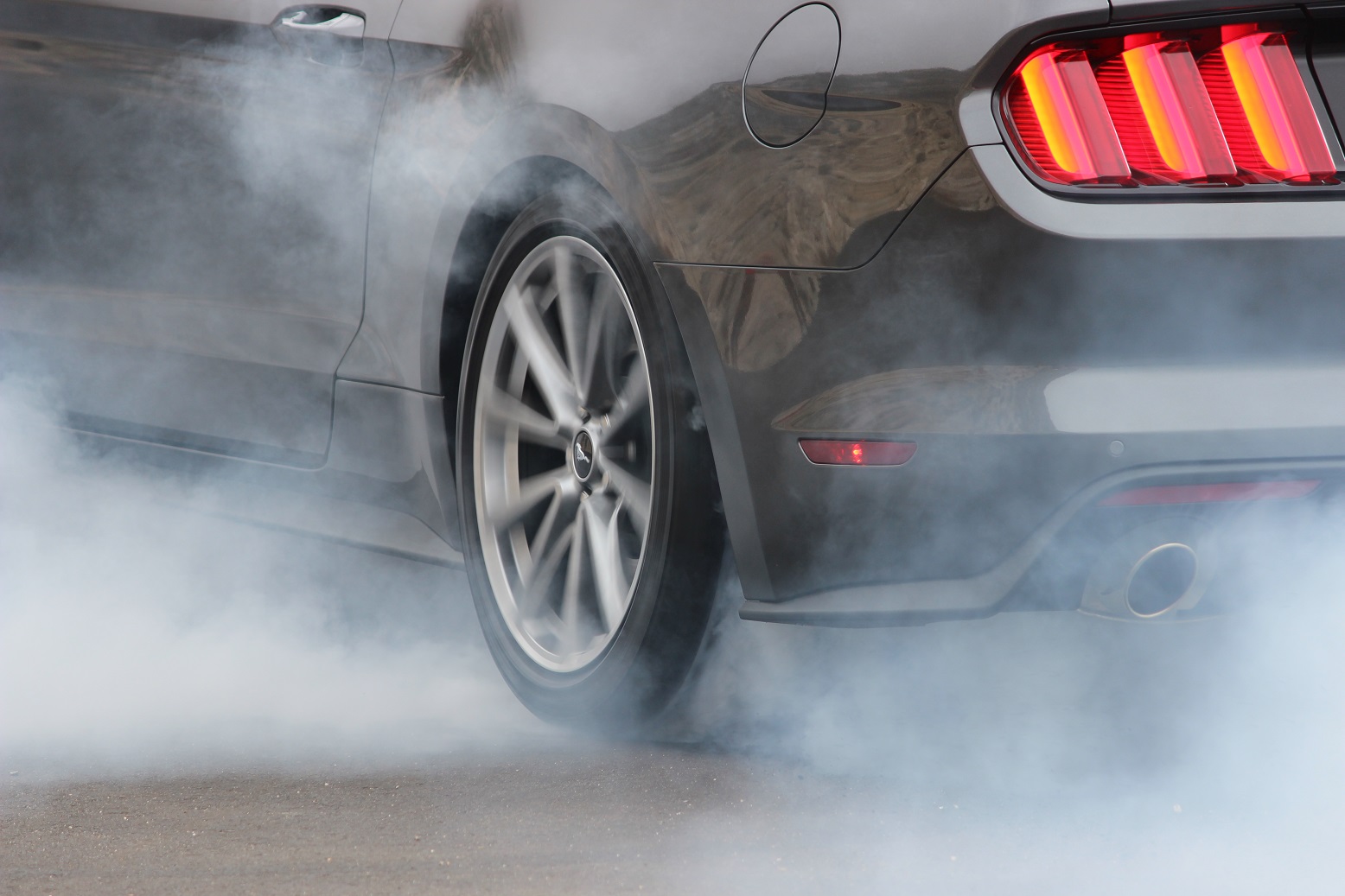
You see, Ford has spent years marketing EcoBoost motors for their fuel-sipping manners under the hoods of Fiestas and Escapes; it’s not ever really been a performance tool, this side of the Taurus SHO. I wonder if the stigma attached with the name “EcoBoost” would cause some people to have pause. Maybe just “Mustang Turbo” would do (seems to work just fine for Porsche).
I wouldn't let “EcoBoost” deter you, because it would be a shame to miss out on this wonderful powertrain.
- 0
- Published in CAR REVIEWS
- Written by Dan Heyman


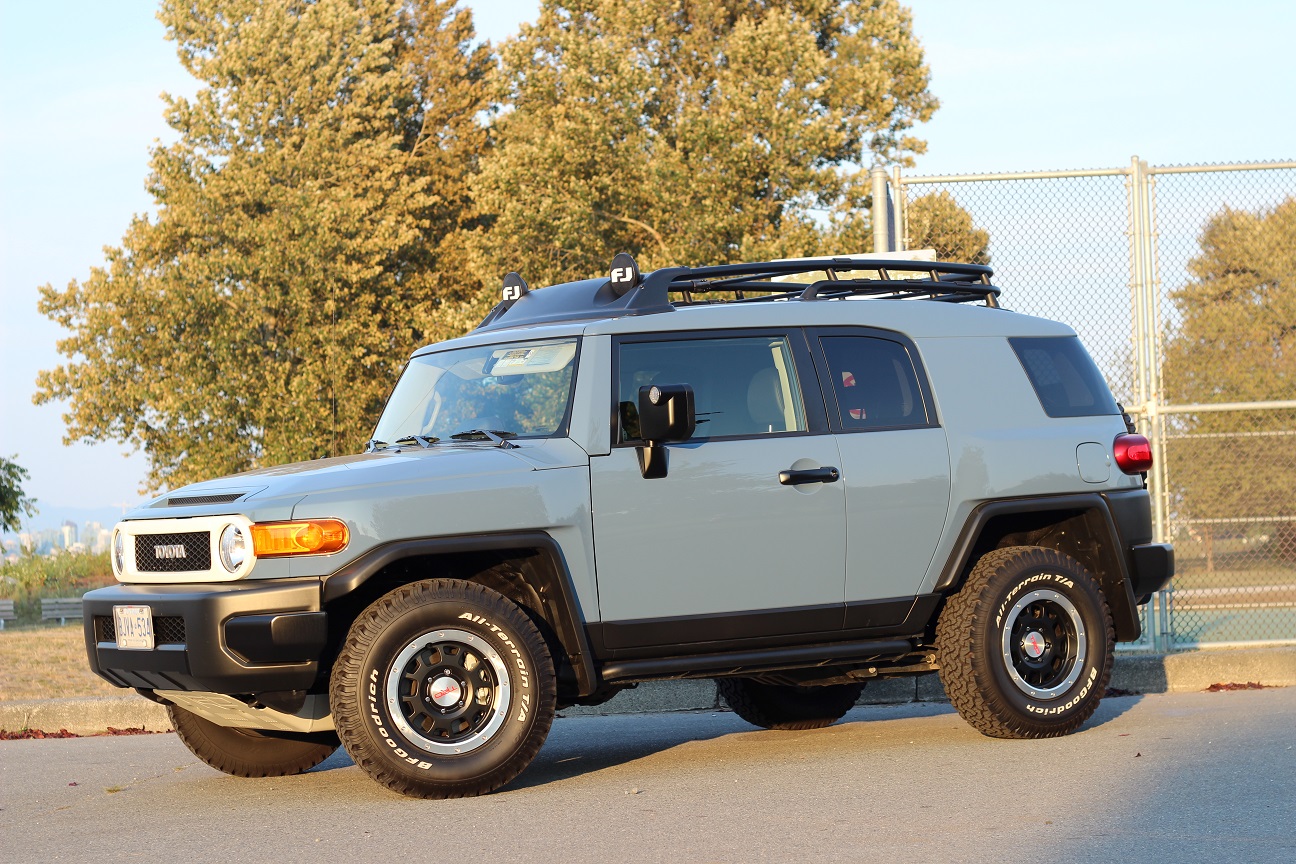
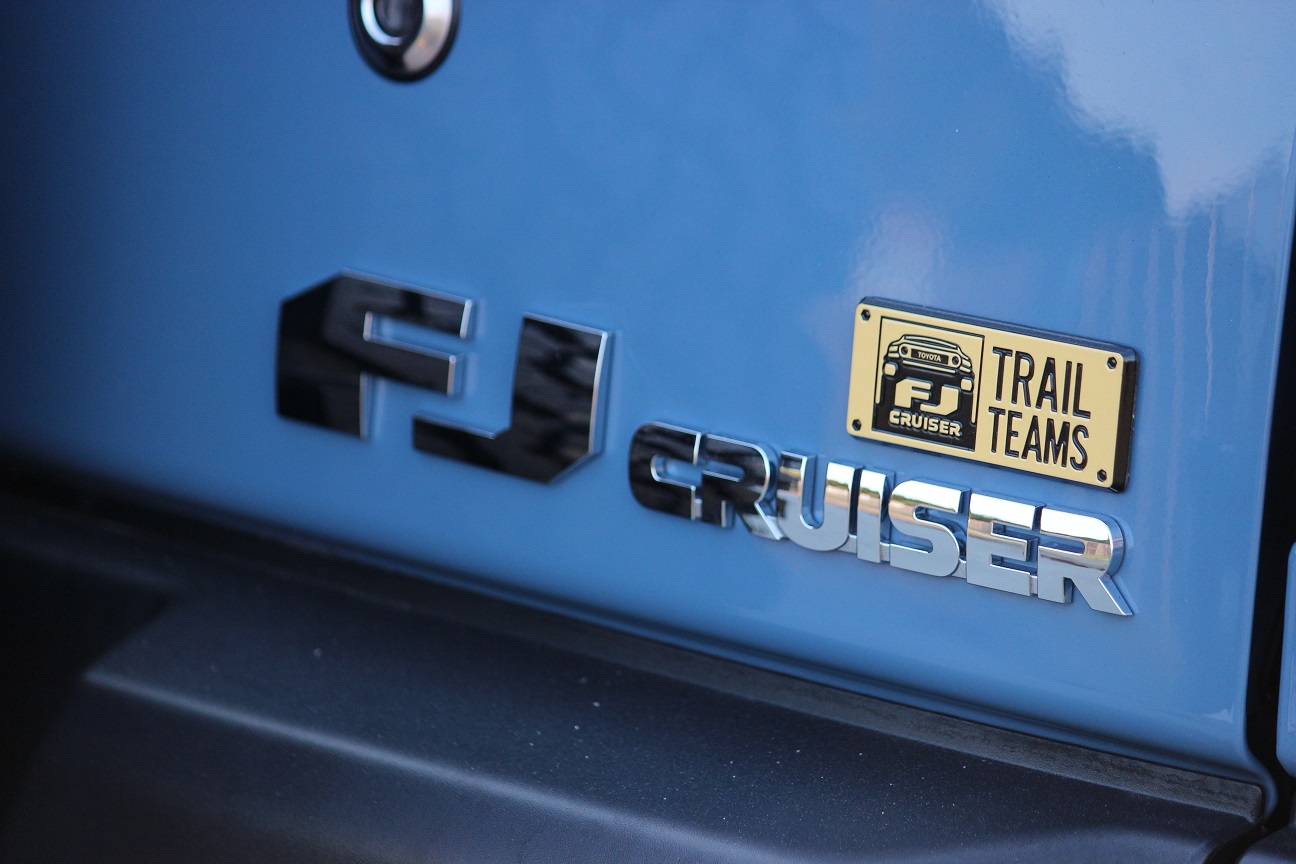 While I don’t want this piece to read like a eulogy, I can’t help but get just a little melancholic.
While I don’t want this piece to read like a eulogy, I can’t help but get just a little melancholic.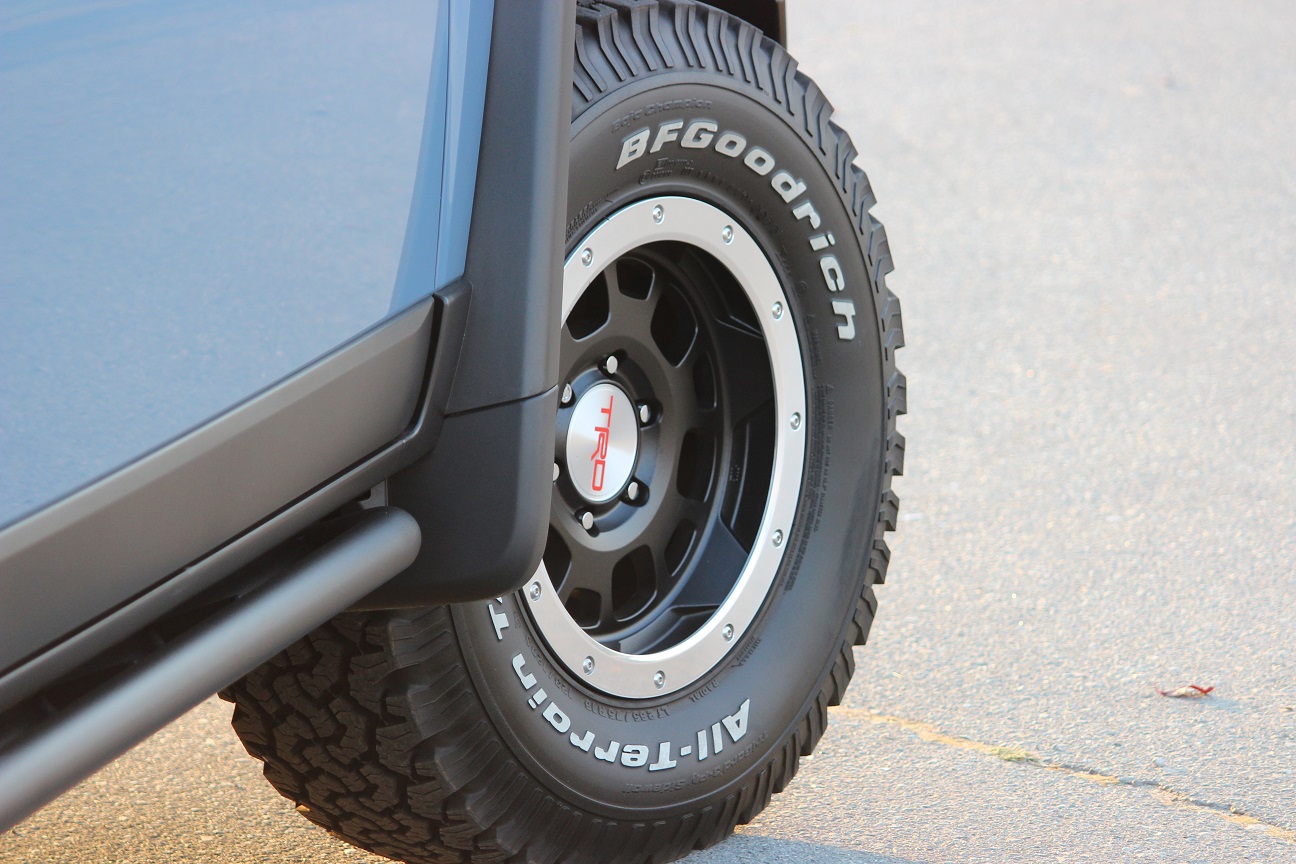 What’s so great about the FJ is that as soon as the driver takes their seat, the intentions of the truck come into focus. The terrain gauges that look like altimeters sprout from atop the dash. The washable plastic and microfiber seats. The massive shift lever and stubby 4 x 4 controller. The way the plastic on the outside of the dash has been given a pressed-steel look; this is a car that you feel confident with through Death Valley and back. It's so nostalgic, so different, so…un-
What’s so great about the FJ is that as soon as the driver takes their seat, the intentions of the truck come into focus. The terrain gauges that look like altimeters sprout from atop the dash. The washable plastic and microfiber seats. The massive shift lever and stubby 4 x 4 controller. The way the plastic on the outside of the dash has been given a pressed-steel look; this is a car that you feel confident with through Death Valley and back. It's so nostalgic, so different, so…un-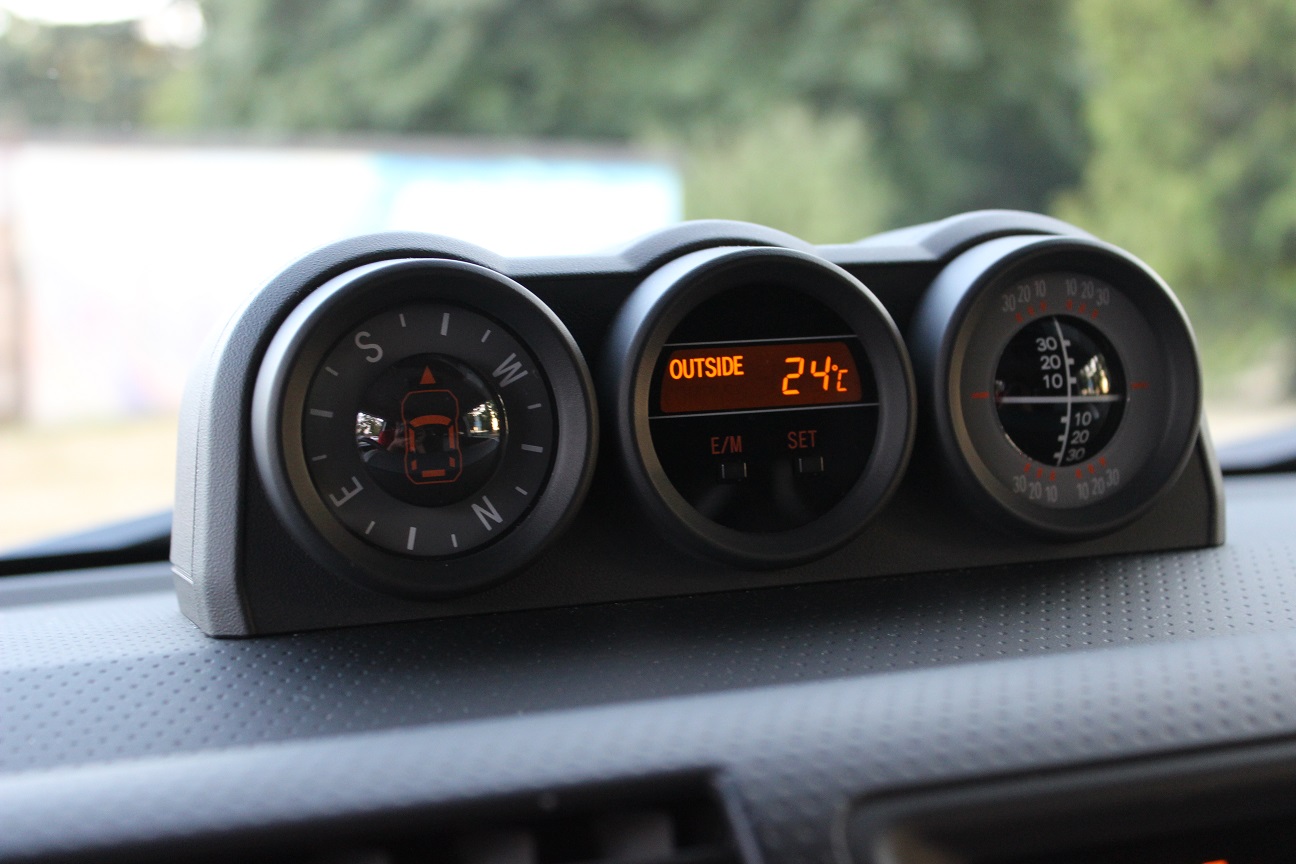 Then you step in a set off while staring through the machine gun bunker-sized windshield (it requires three miniature windshield wipers to clean) and wonder why everybody complains about the view out when the current Chevrolet Camaro has the same problem?
Then you step in a set off while staring through the machine gun bunker-sized windshield (it requires three miniature windshield wipers to clean) and wonder why everybody complains about the view out when the current Chevrolet Camaro has the same problem?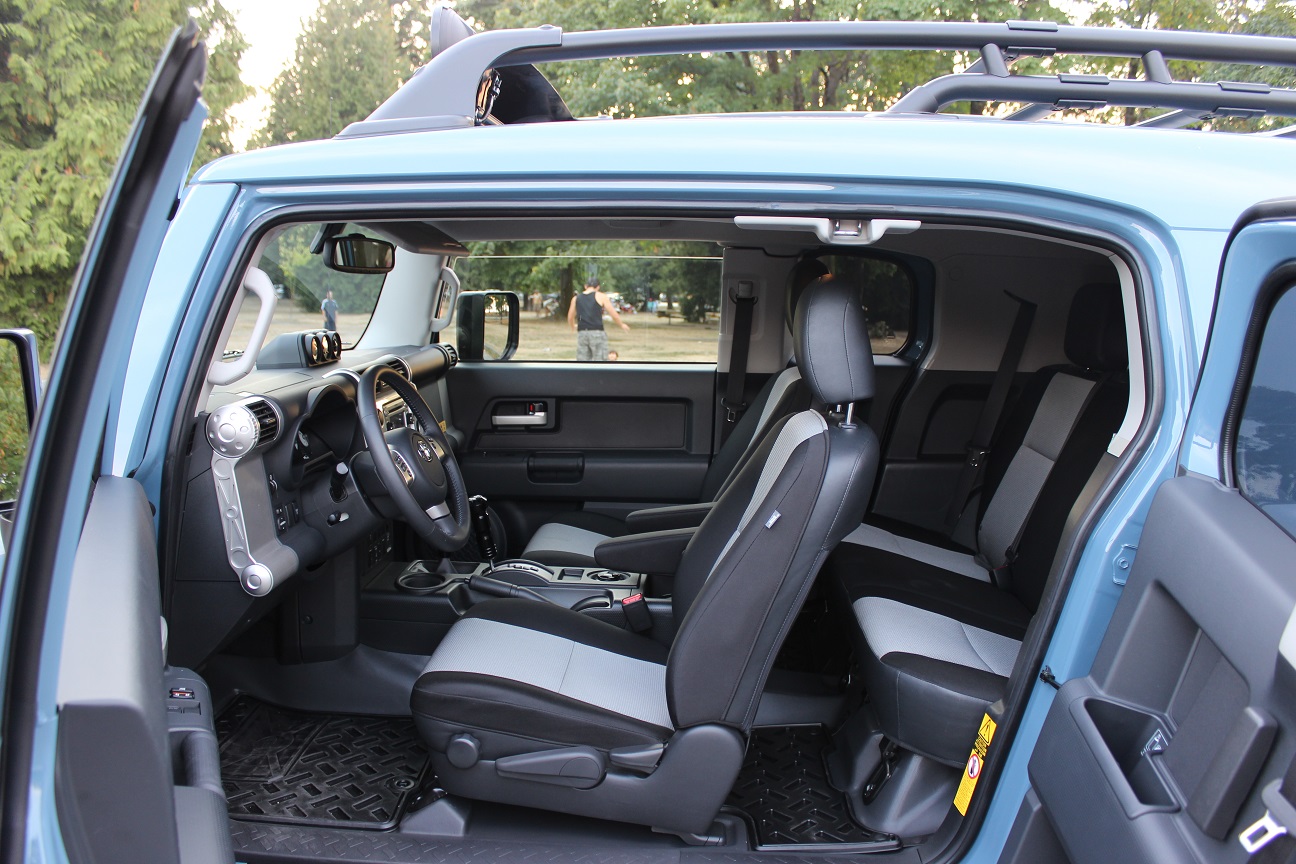 So do yourself a favour. If you’re considering a Jeep Wrangler Unlimited or Nissan Xterra, be sure to at least give the FJ a shot. It will be your last chance because when MY 2014 is up, you’re stuck with the used market and you can be sure that these are going to be a tough and expensive grab there.
So do yourself a favour. If you’re considering a Jeep Wrangler Unlimited or Nissan Xterra, be sure to at least give the FJ a shot. It will be your last chance because when MY 2014 is up, you’re stuck with the used market and you can be sure that these are going to be a tough and expensive grab there.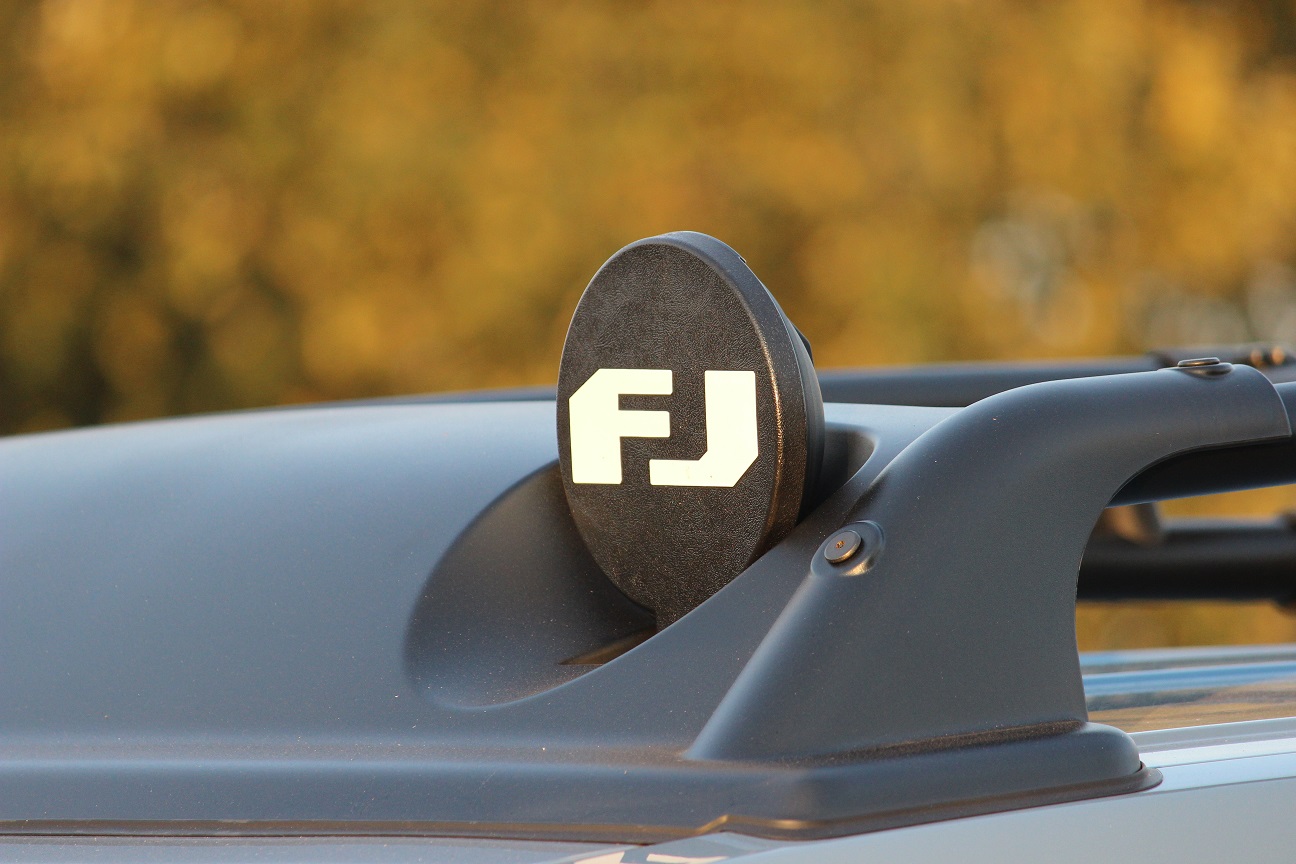
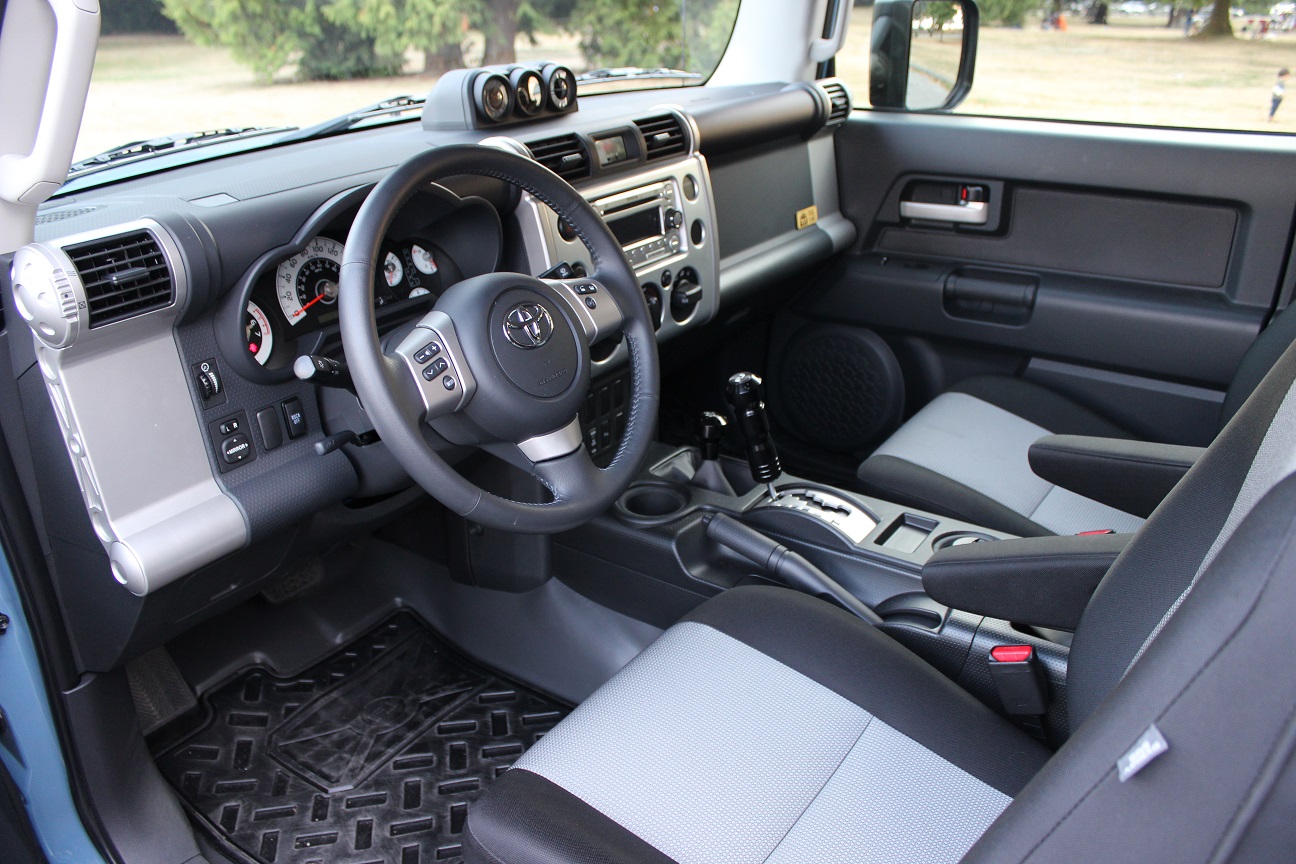
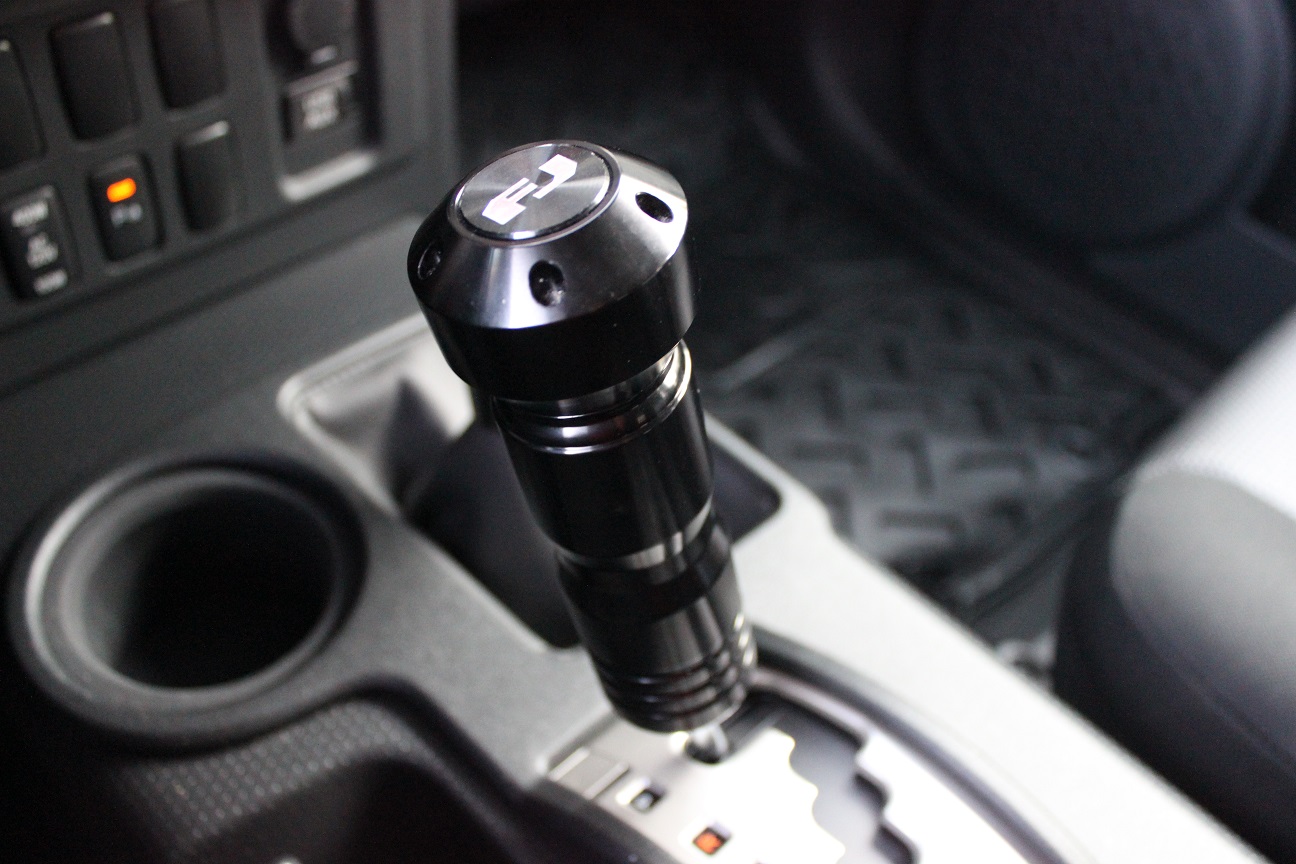
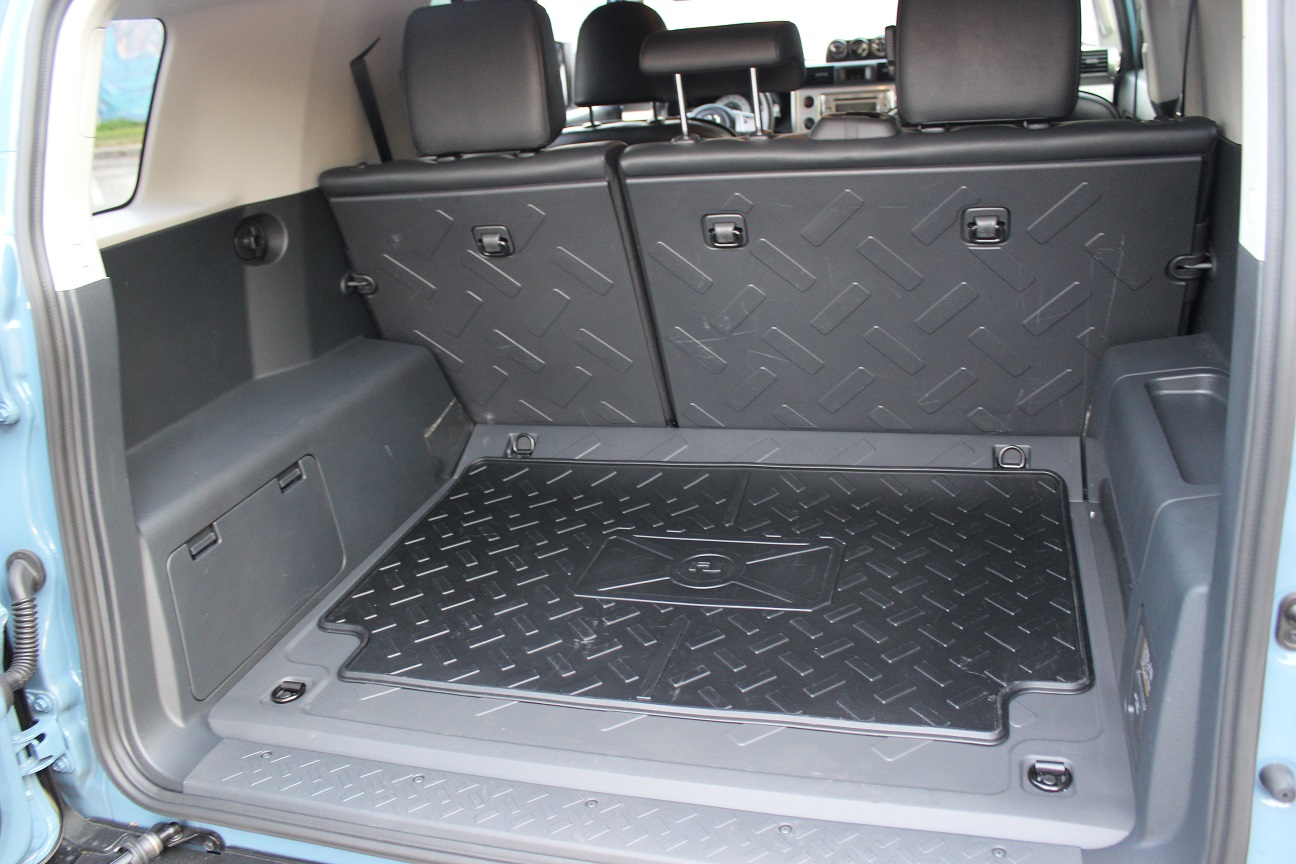
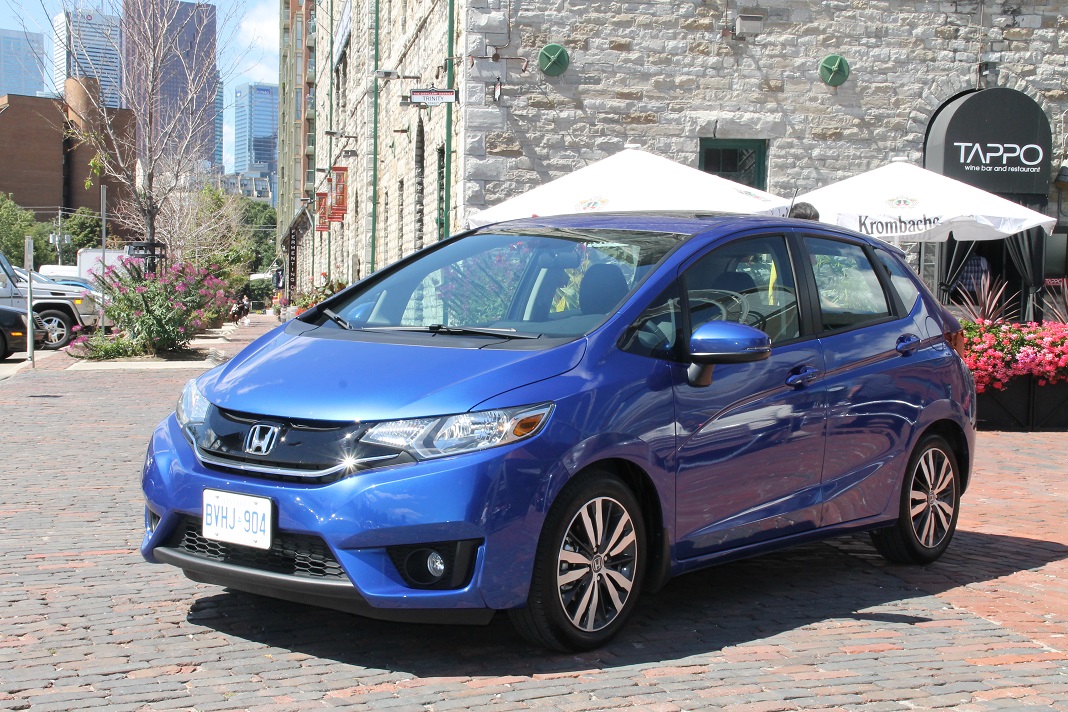

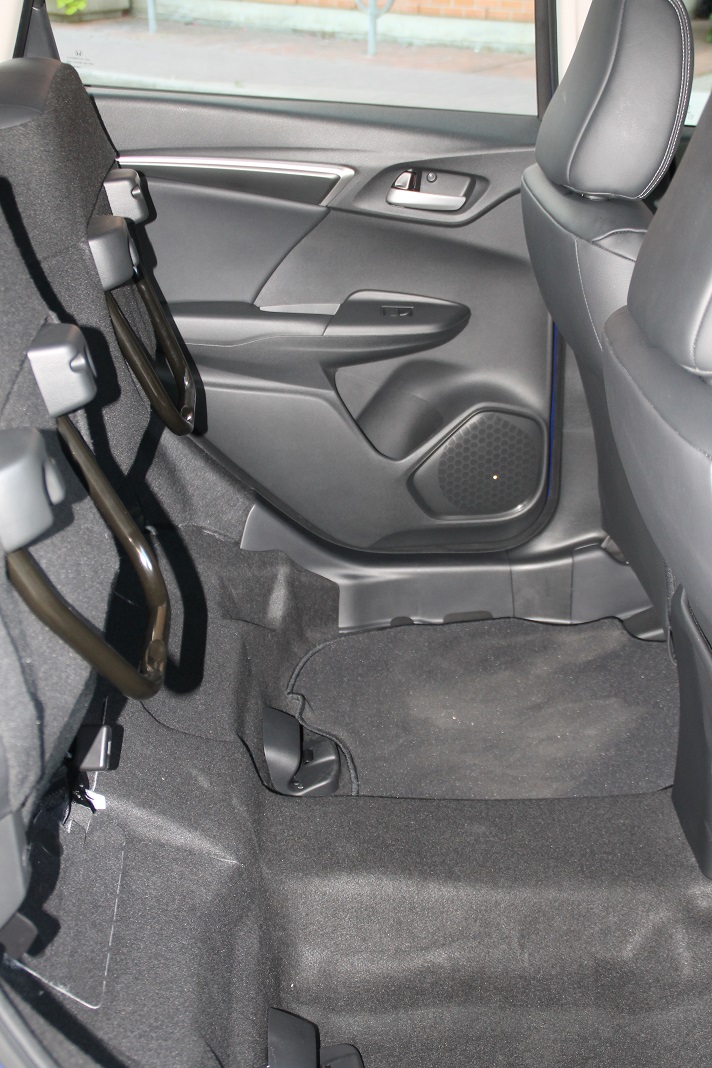
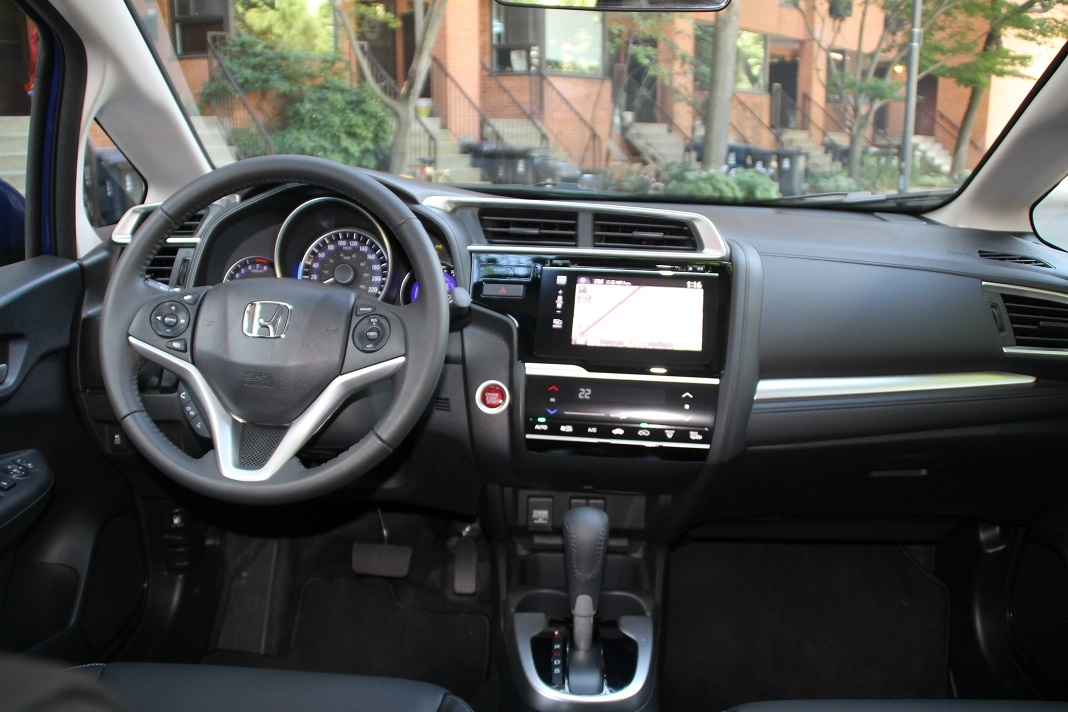
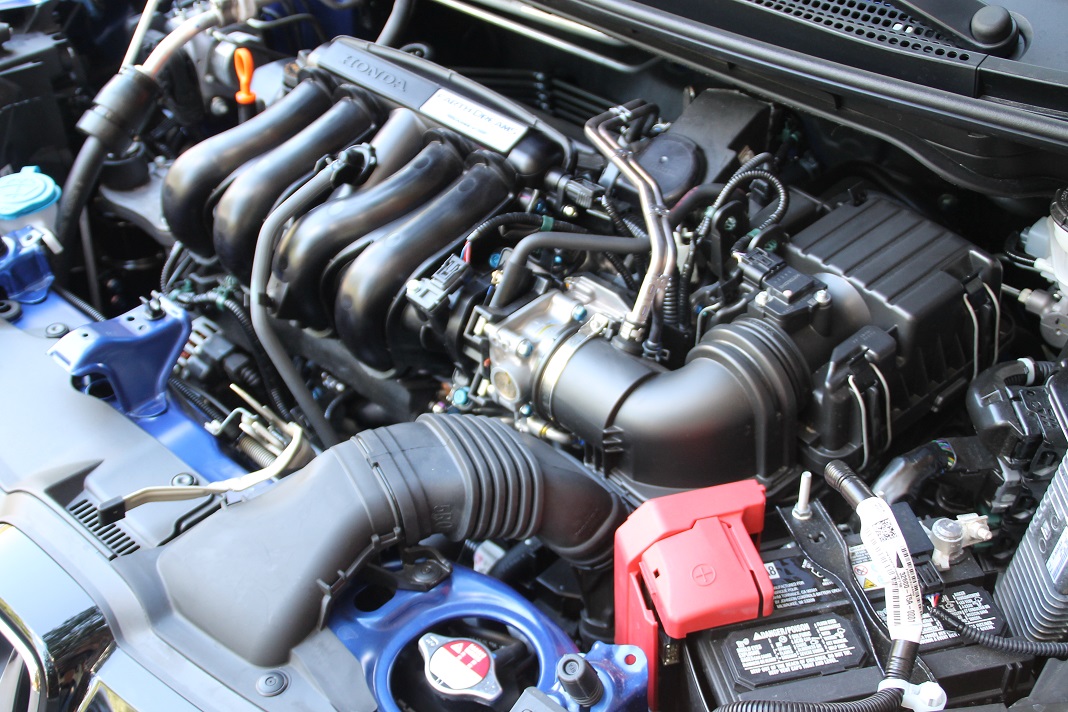
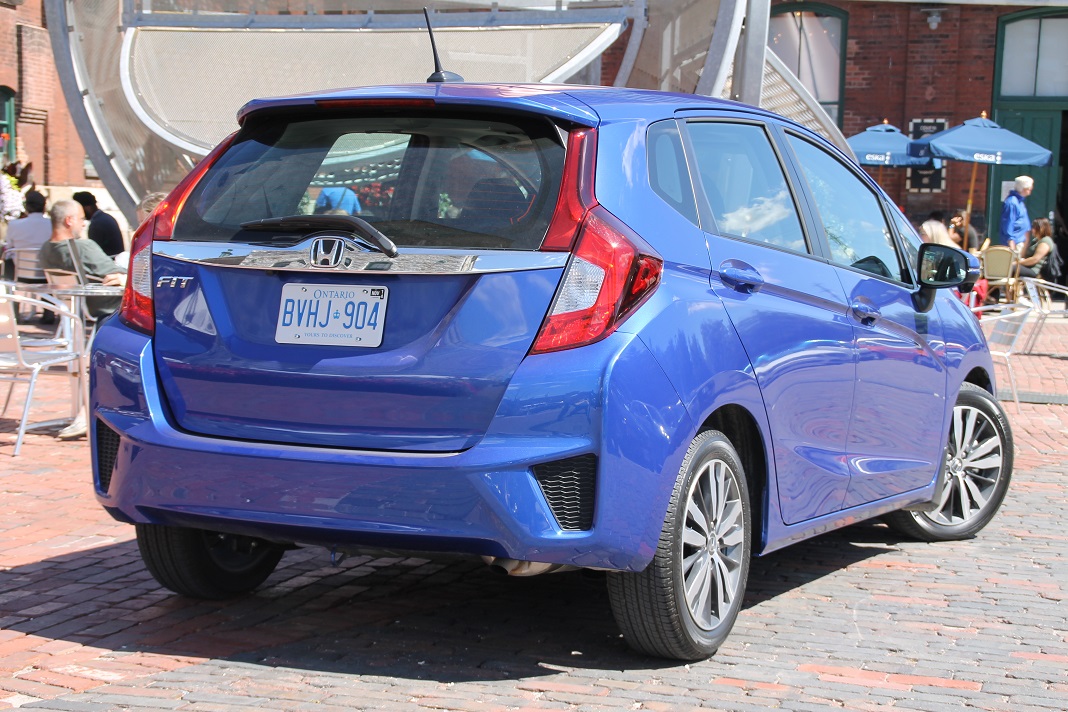
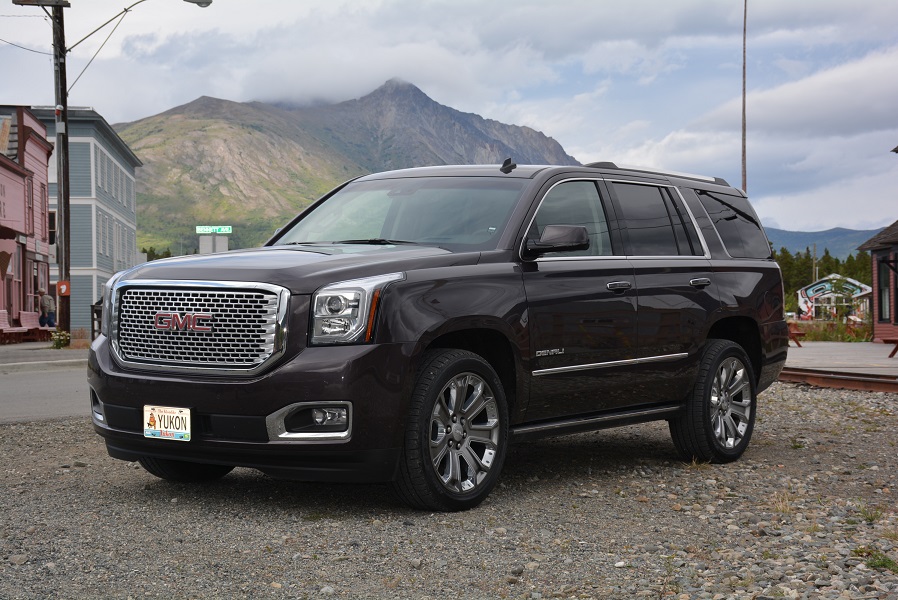
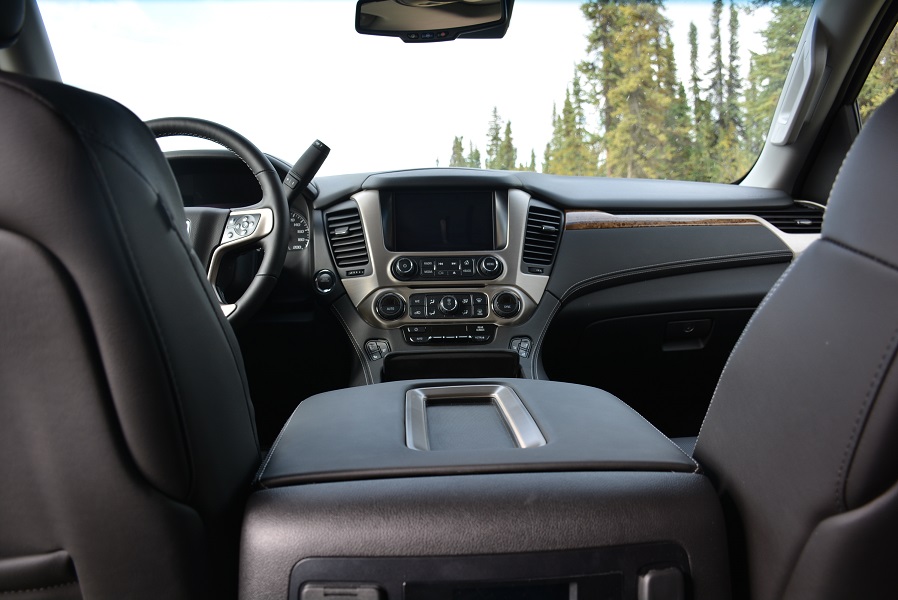
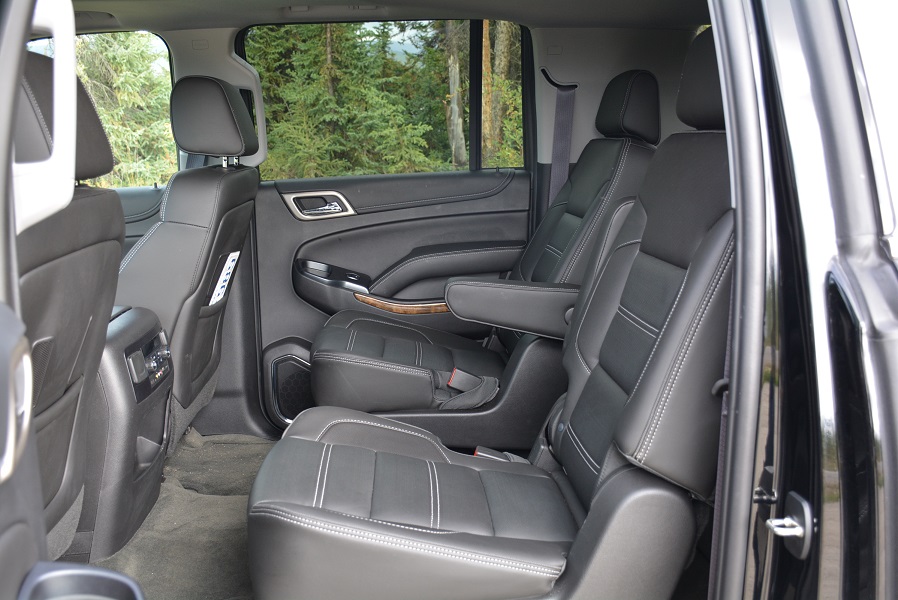
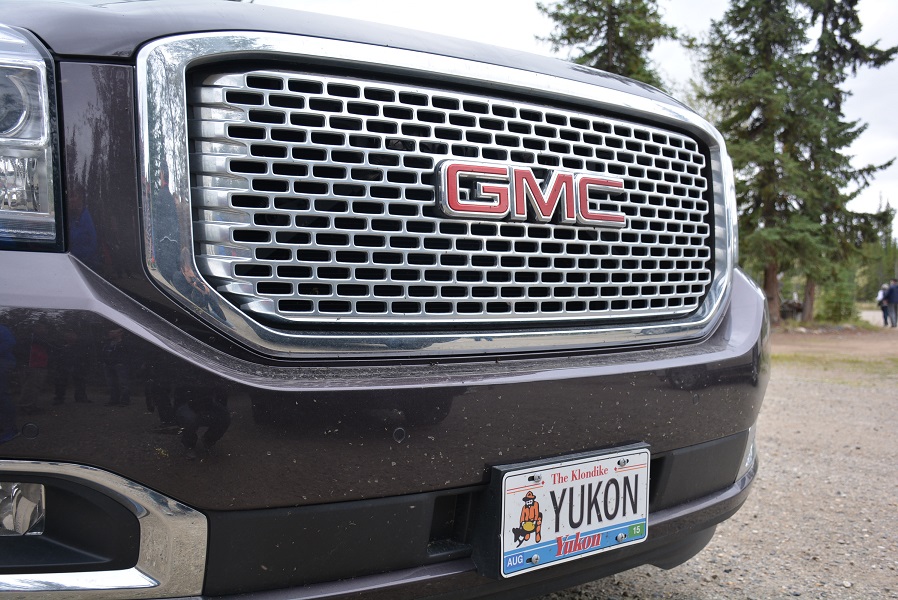
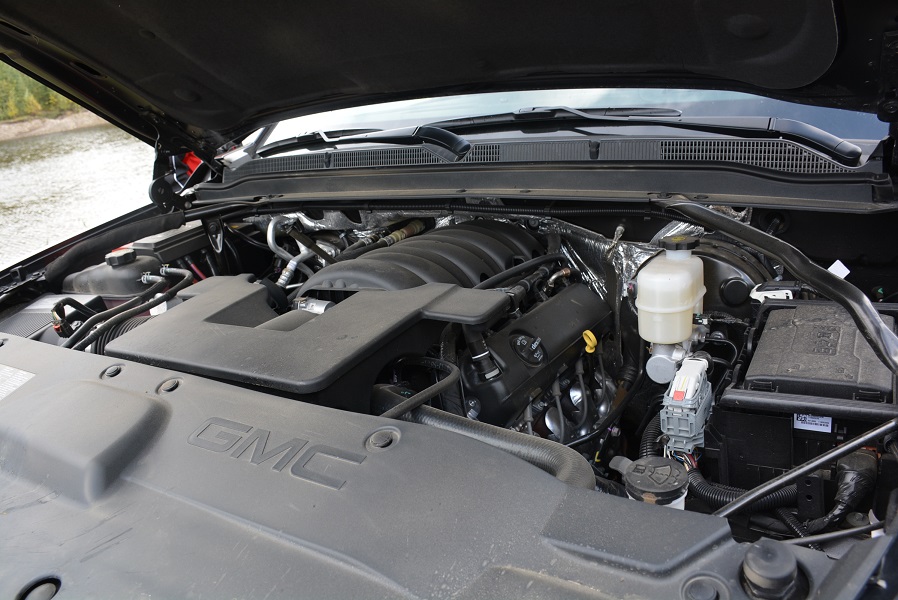 The Yukon Denali gets GMC's 6.2-litre V8 that produces 420 hp and 460 lb.-ft. of torque, while the regular Yukon receives the 5.3-litre V8 engine with 355 hp and 383 lb.-ft. of torque. Both are mated to a six-speed automatic transmission on this trip, but an eight-speed is brand-new and currently available.
The Yukon Denali gets GMC's 6.2-litre V8 that produces 420 hp and 460 lb.-ft. of torque, while the regular Yukon receives the 5.3-litre V8 engine with 355 hp and 383 lb.-ft. of torque. Both are mated to a six-speed automatic transmission on this trip, but an eight-speed is brand-new and currently available. 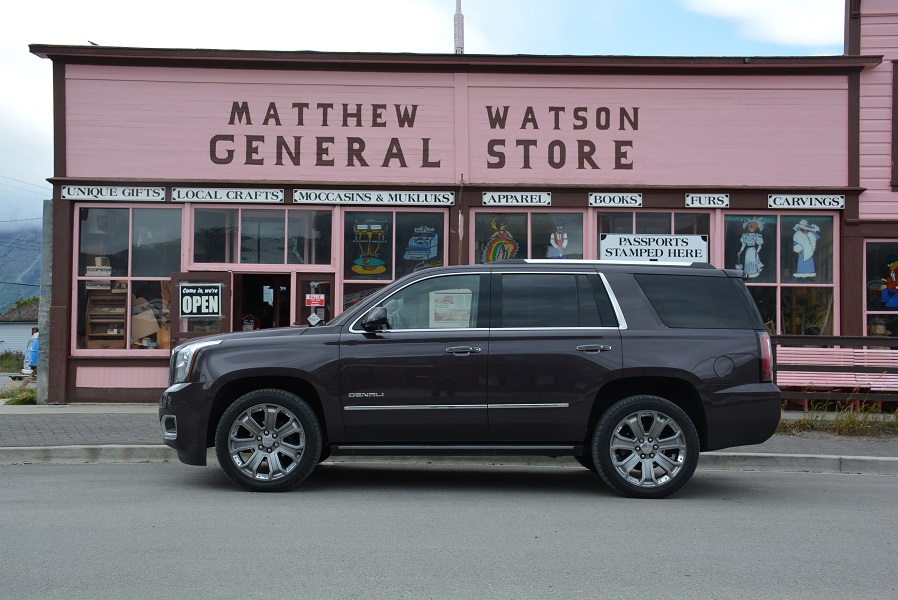
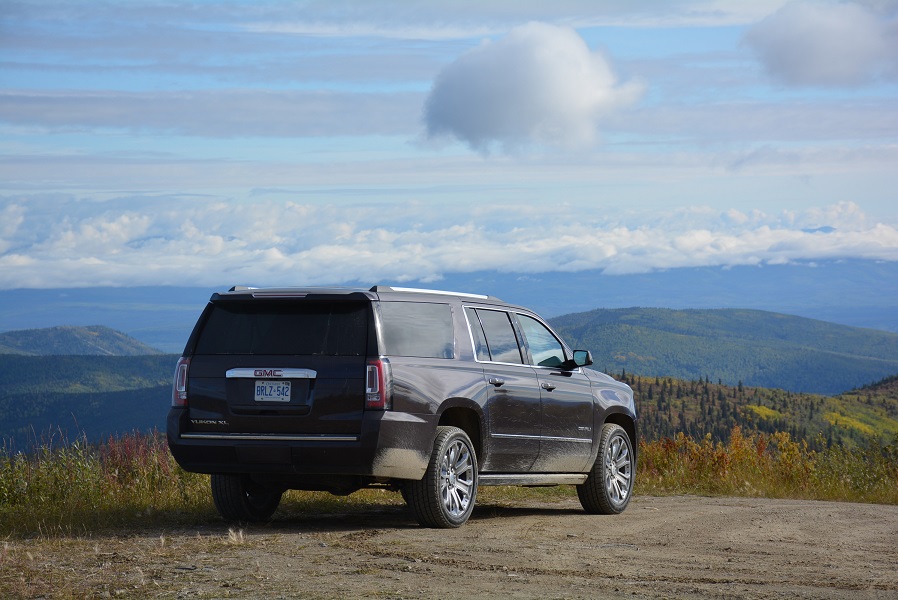
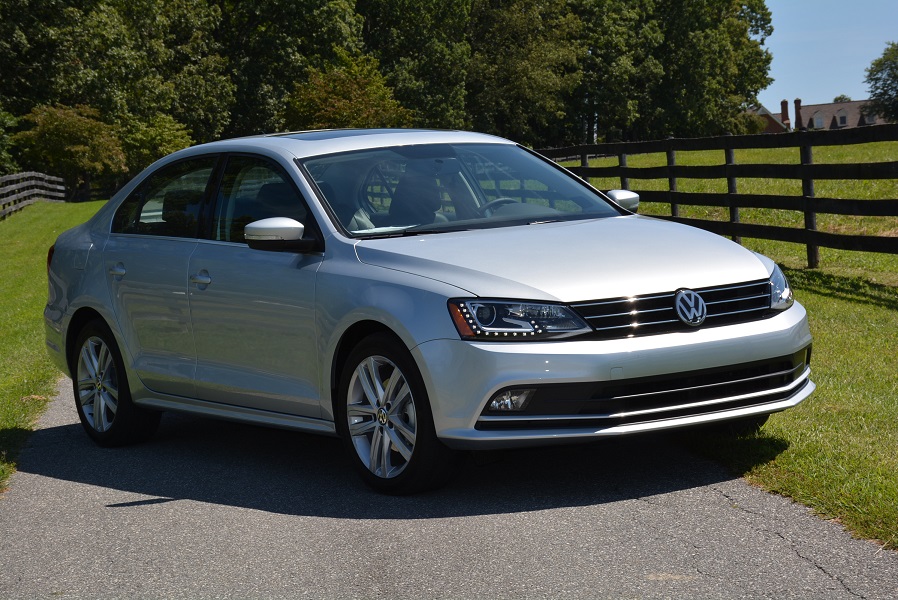
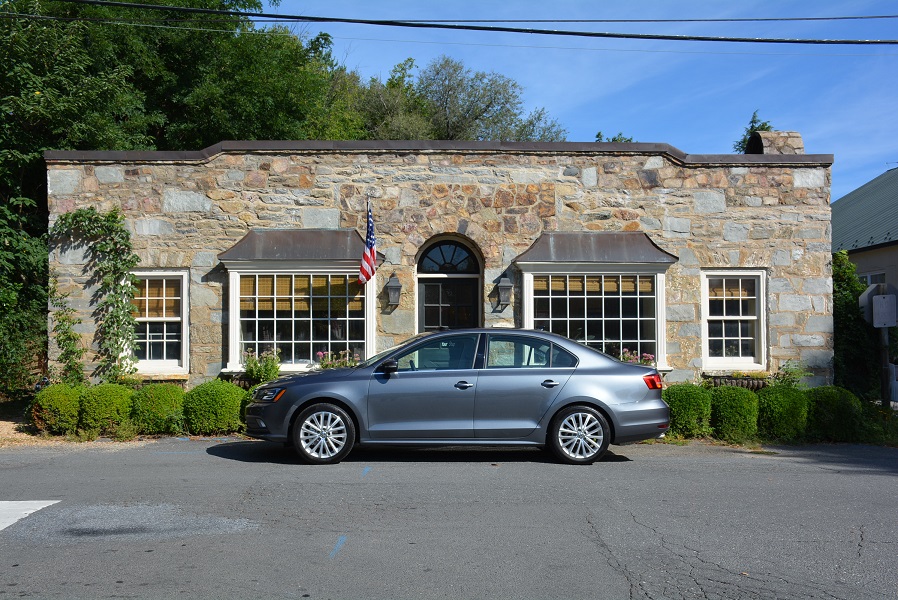
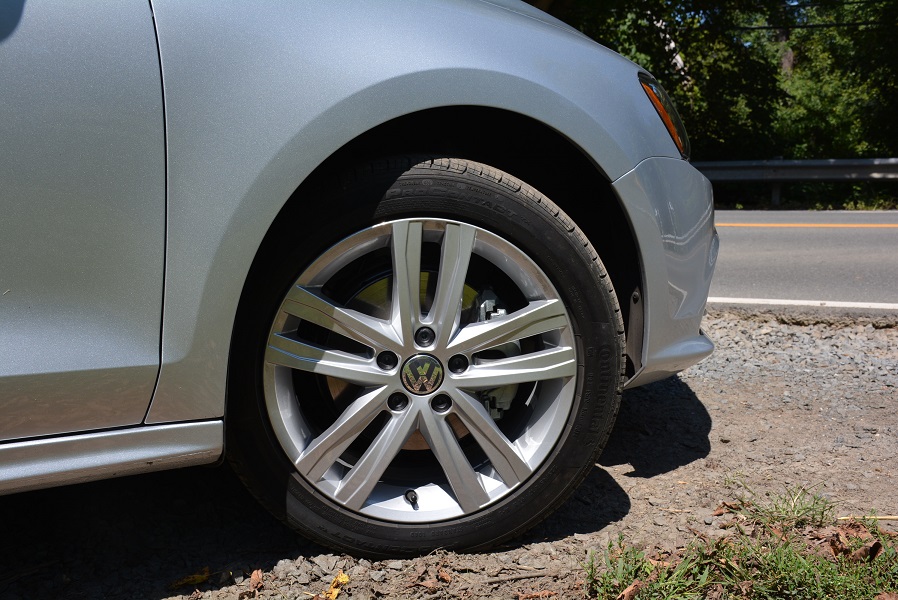
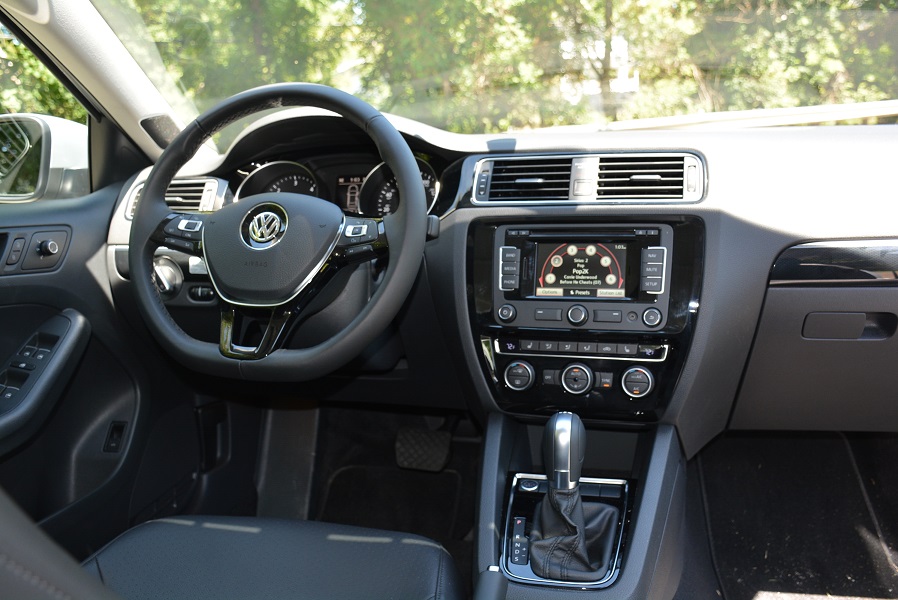
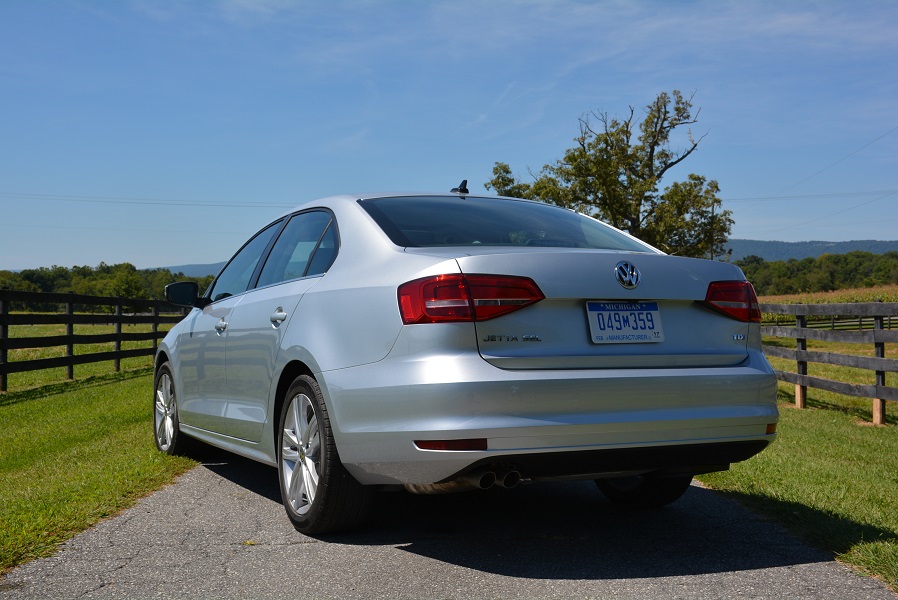
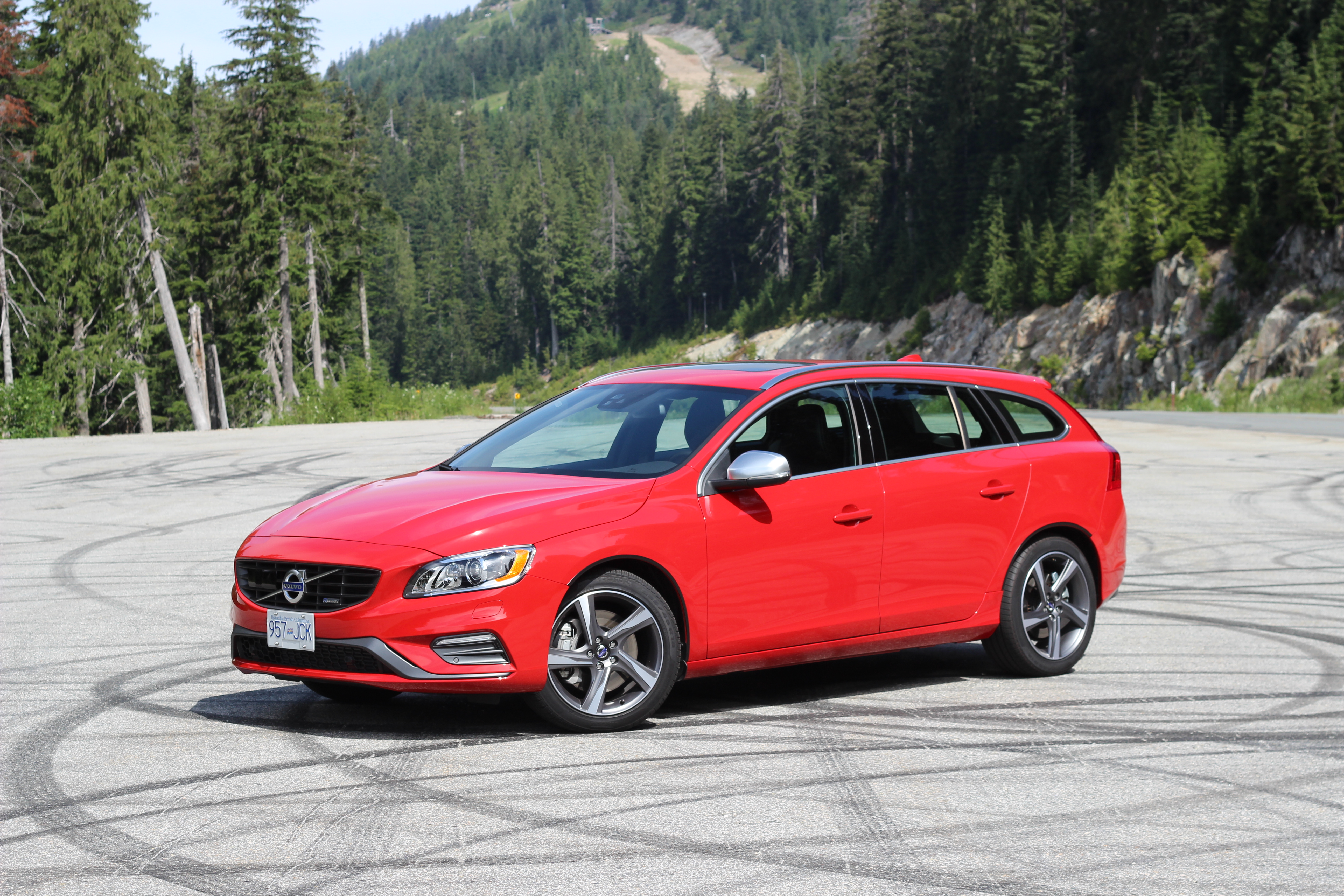
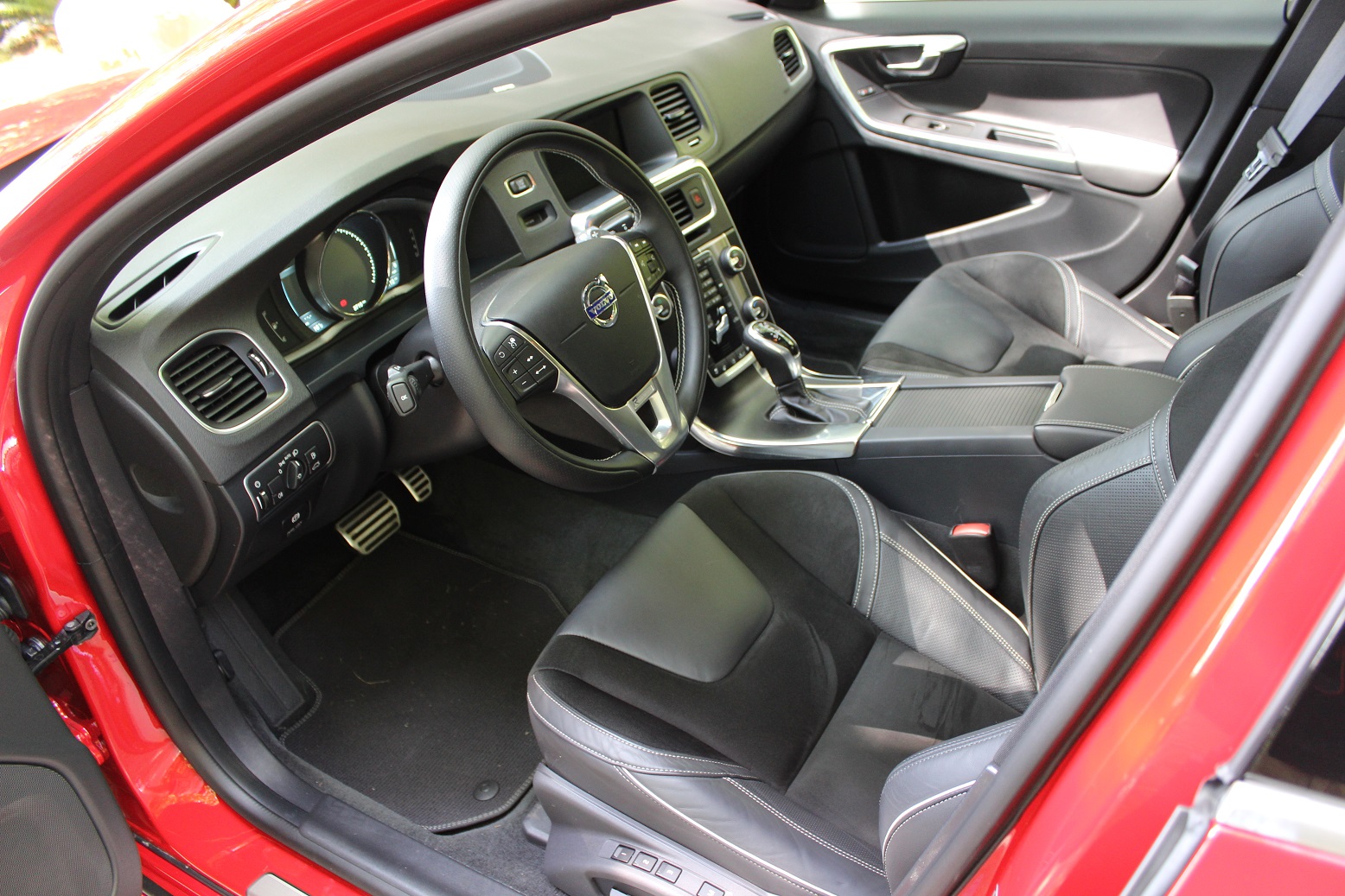 Yes, you may have higher ground clearance from your BMW X3, but that also means you have to lift items higher in order to get them into the back.
Yes, you may have higher ground clearance from your BMW X3, but that also means you have to lift items higher in order to get them into the back.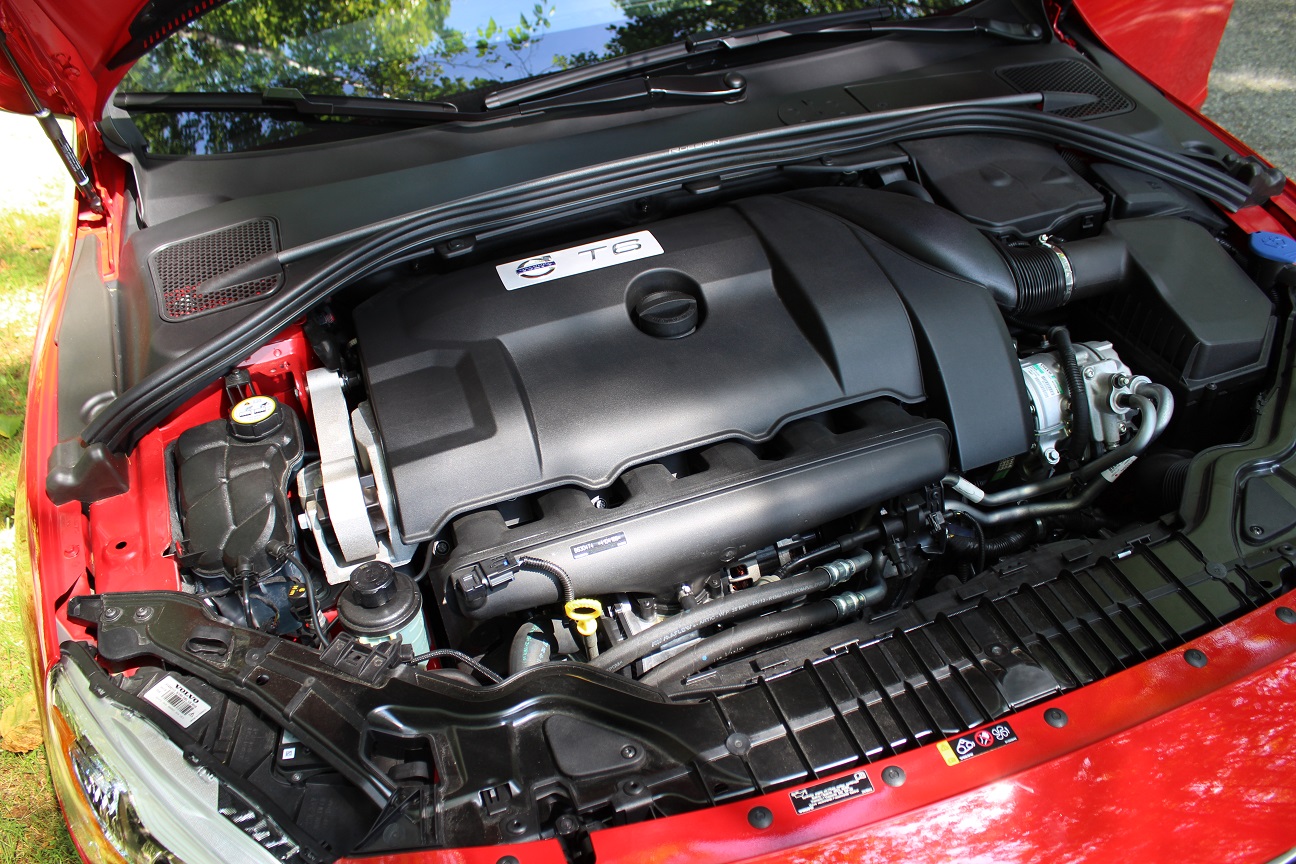 Power comes from a 325 horsepower (hp) turbo inline-six motor, pushed to all four wheels through a Haldex all-wheel drive system. A similarly-equipped X3 only makes 300 hp, and starts at over two-grand more than the V60 does.
Power comes from a 325 horsepower (hp) turbo inline-six motor, pushed to all four wheels through a Haldex all-wheel drive system. A similarly-equipped X3 only makes 300 hp, and starts at over two-grand more than the V60 does.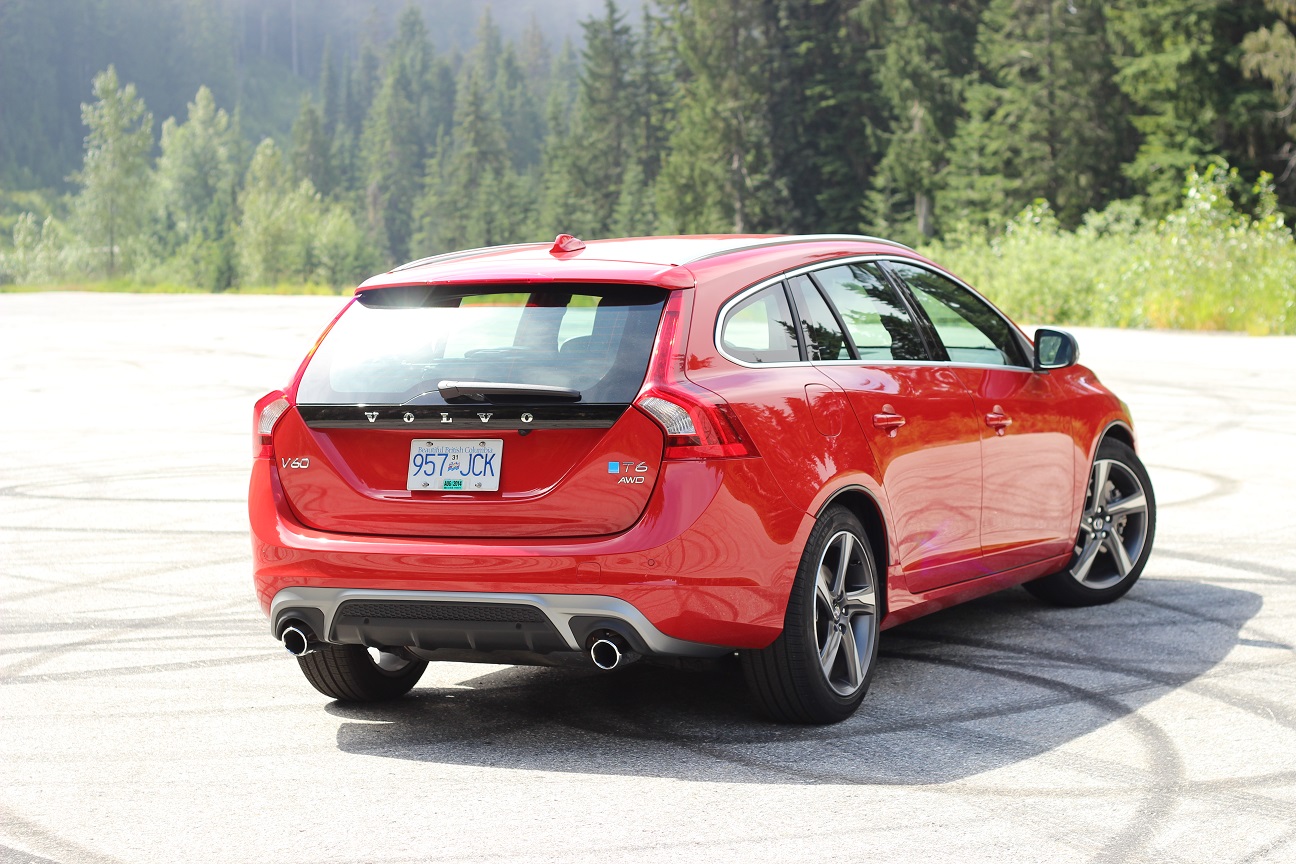 When changing directions, it might take some time to get adjusted to the heavy steering feel through an overly-large wheel. But when you do, you’ll remember why you got this wagon in the first place. You can now haul your kids and their hockey gear without having to feel like you’re driving a truck.
When changing directions, it might take some time to get adjusted to the heavy steering feel through an overly-large wheel. But when you do, you’ll remember why you got this wagon in the first place. You can now haul your kids and their hockey gear without having to feel like you’re driving a truck.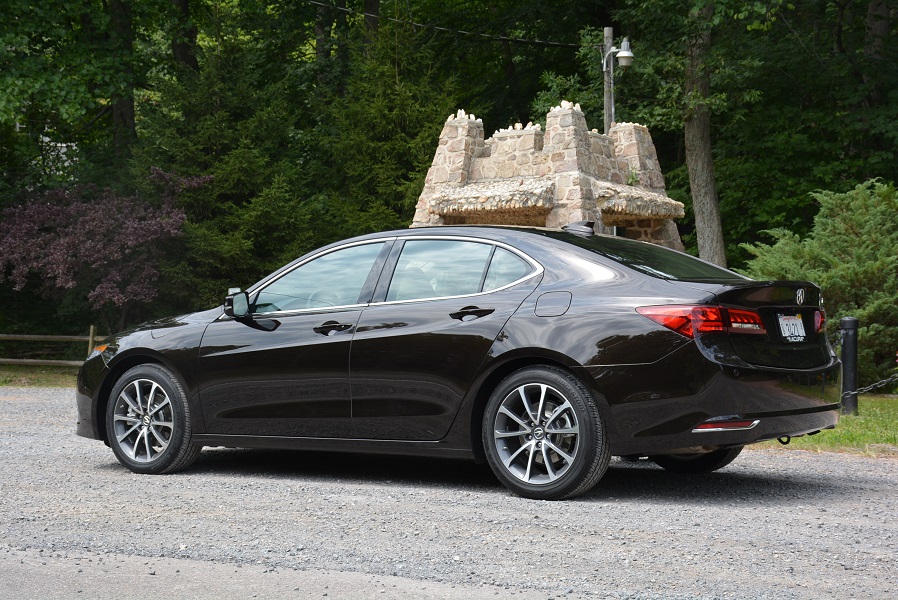
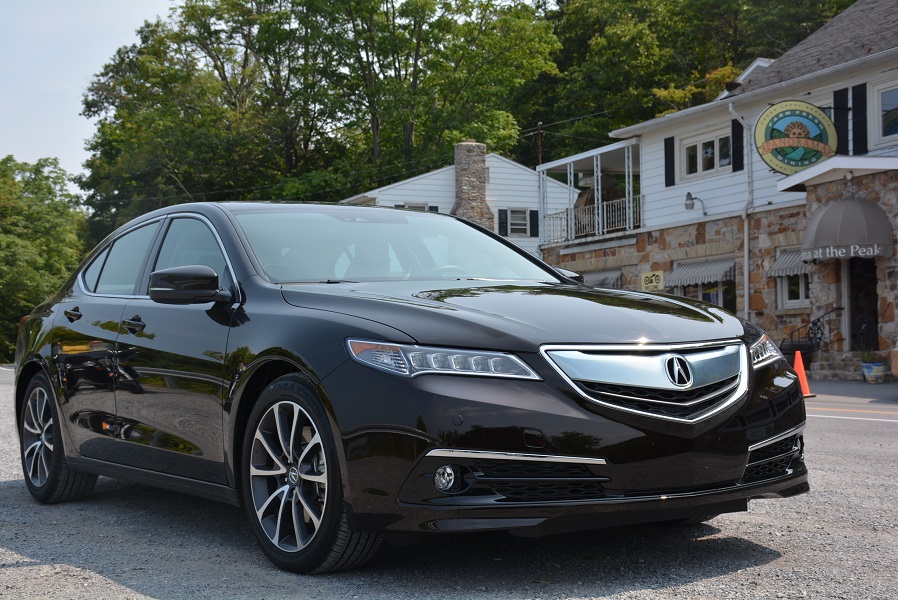
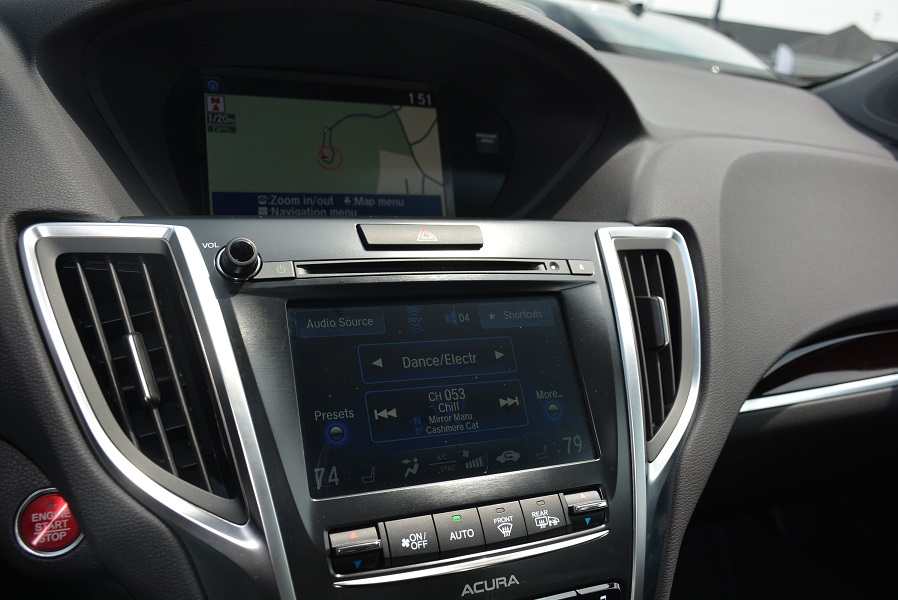
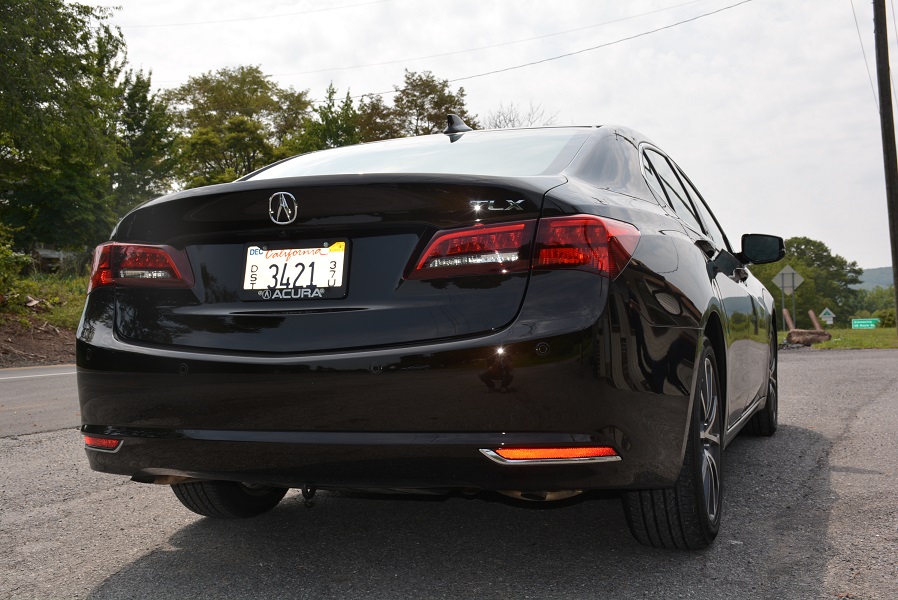
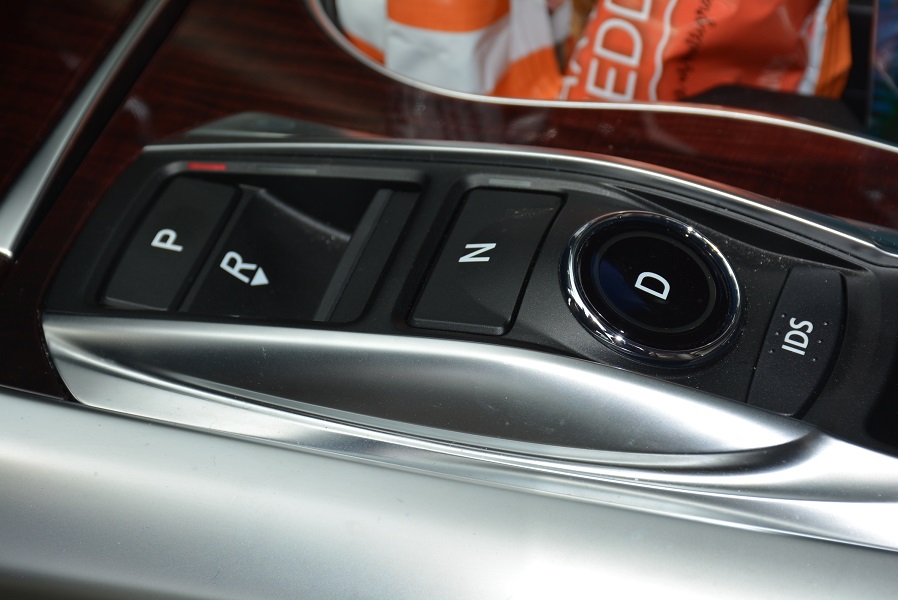

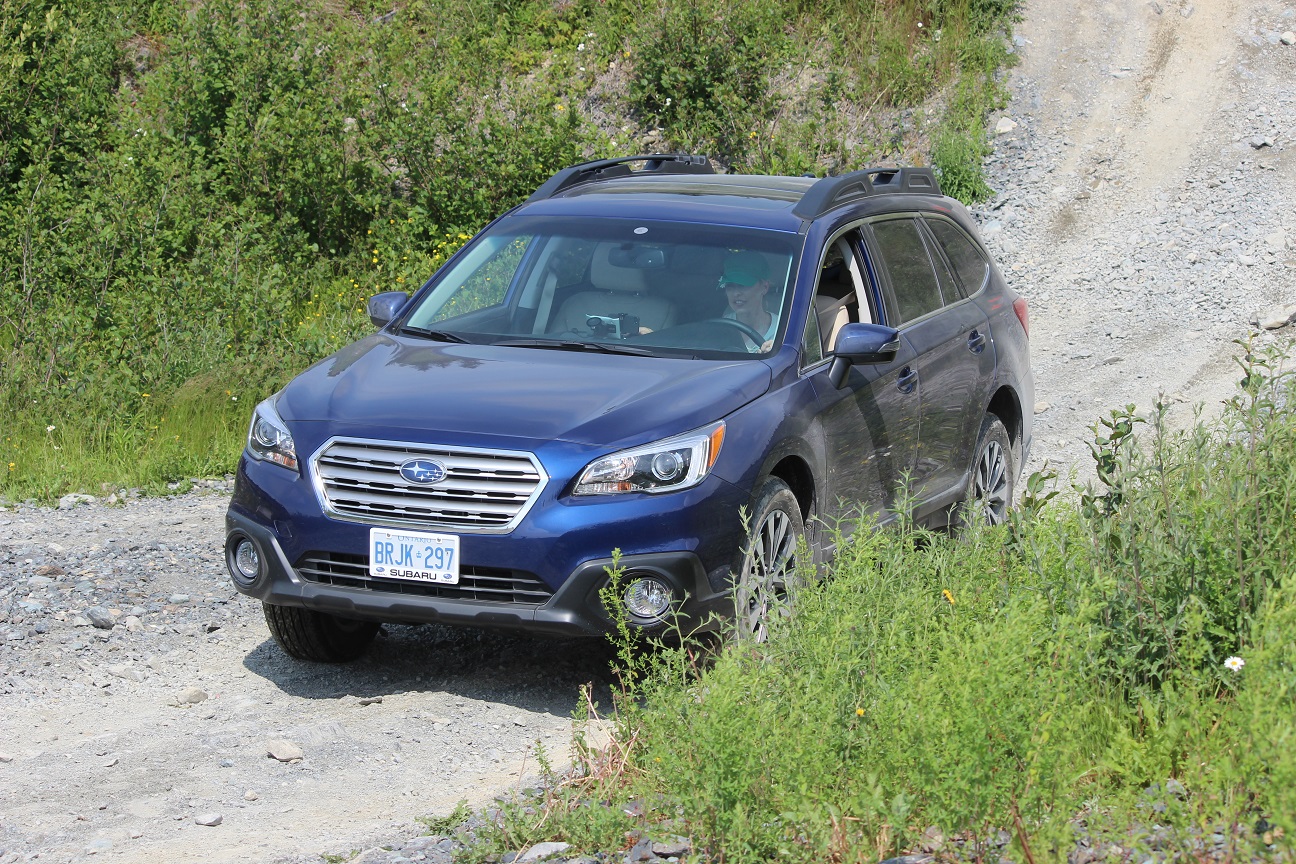 No matter how many times you do it, the feeling of helplessness is always the same: your hands are on the wheel, feet on the pedals but all you see in front of you is gorgeous, blue sky.
No matter how many times you do it, the feeling of helplessness is always the same: your hands are on the wheel, feet on the pedals but all you see in front of you is gorgeous, blue sky.

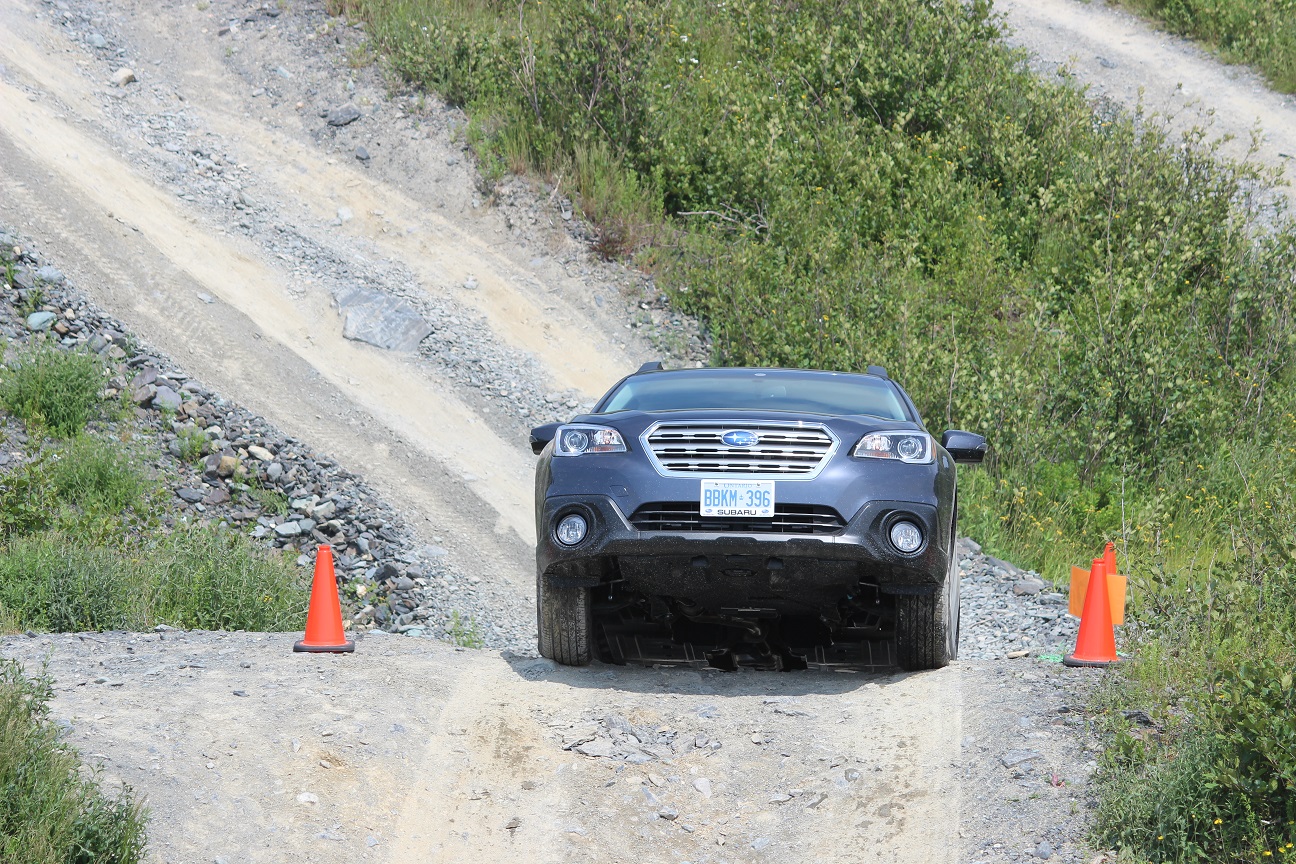 These obstacles no longer have the same affect they might have had previously, and once you’re back on the beaten path, you have a (somewhat) low slung car, instead of a big, wallowy, SUV.
These obstacles no longer have the same affect they might have had previously, and once you’re back on the beaten path, you have a (somewhat) low slung car, instead of a big, wallowy, SUV.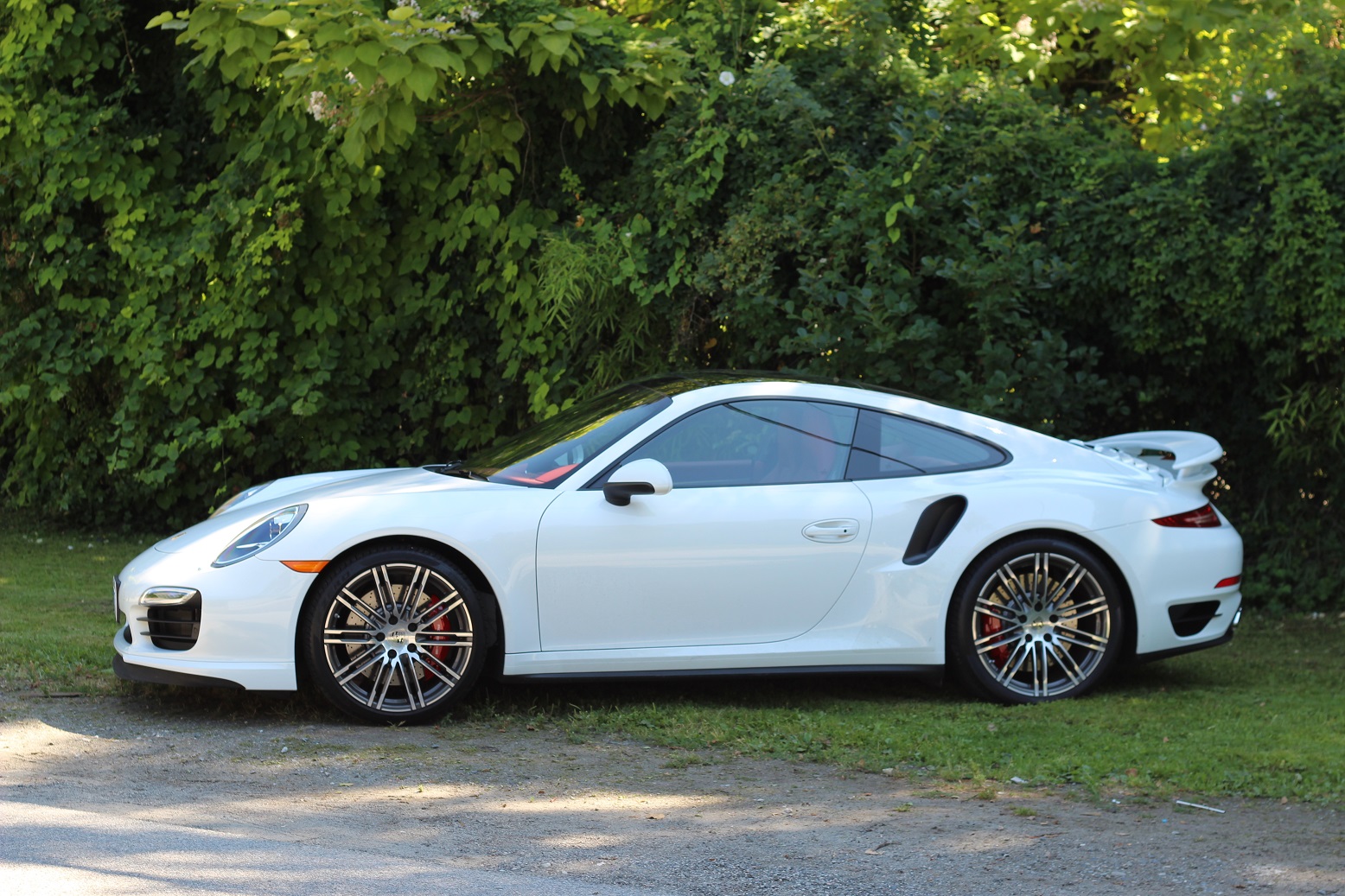 There was an (understandably) loud outcry when Porsche switched from hydraulic to electronic power steering for this latest (991) generation of the 911 sports car.
There was an (understandably) loud outcry when Porsche switched from hydraulic to electronic power steering for this latest (991) generation of the 911 sports car.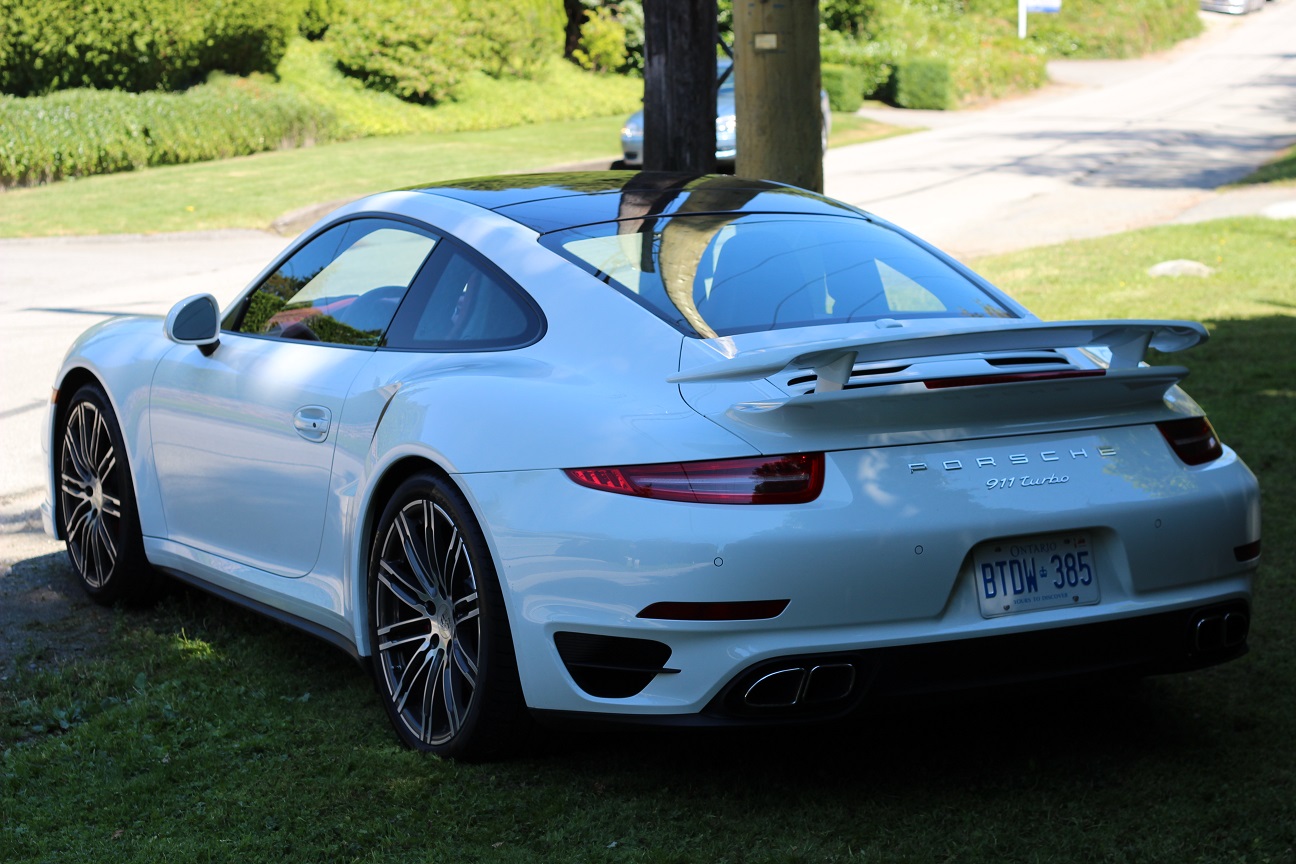
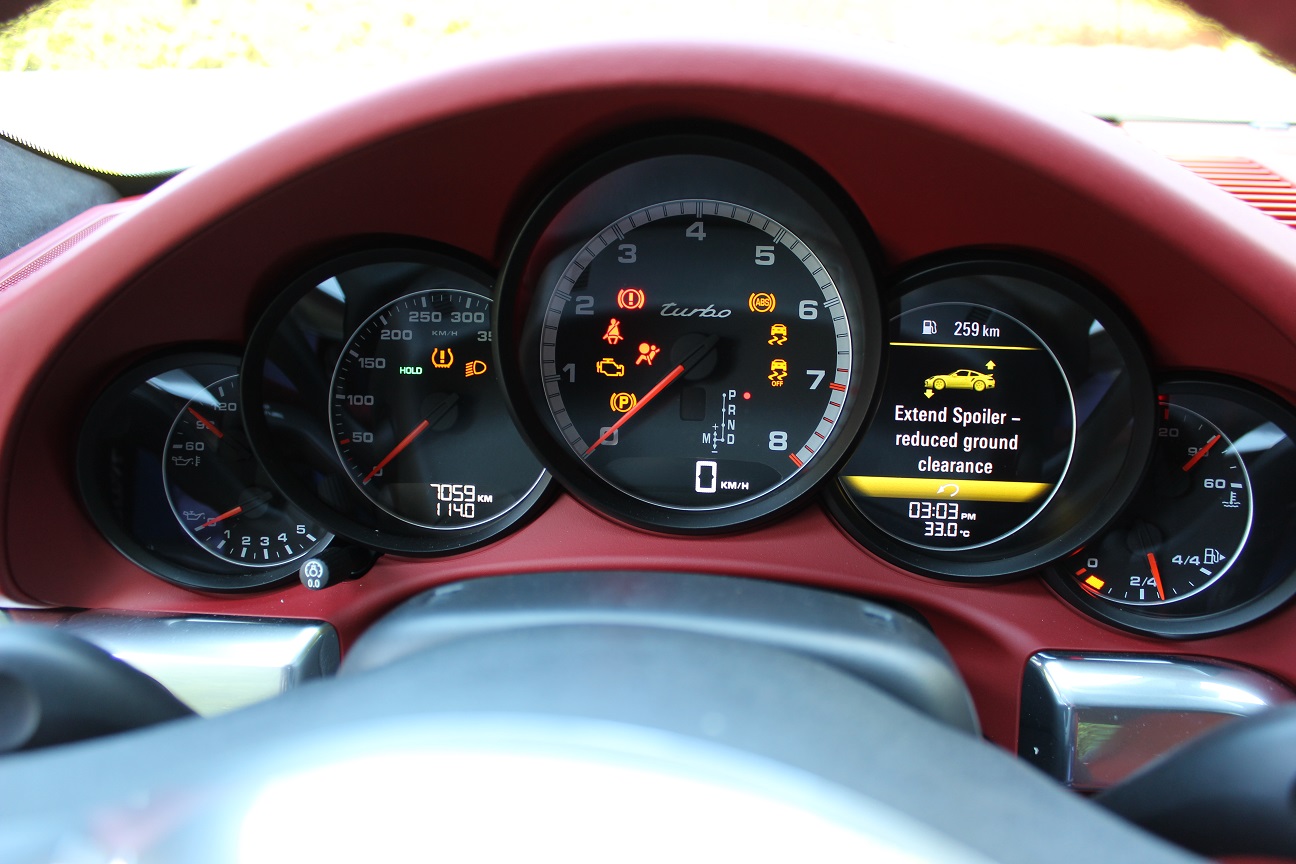 I won’t say everything about the non-driving aspect of the
I won’t say everything about the non-driving aspect of the 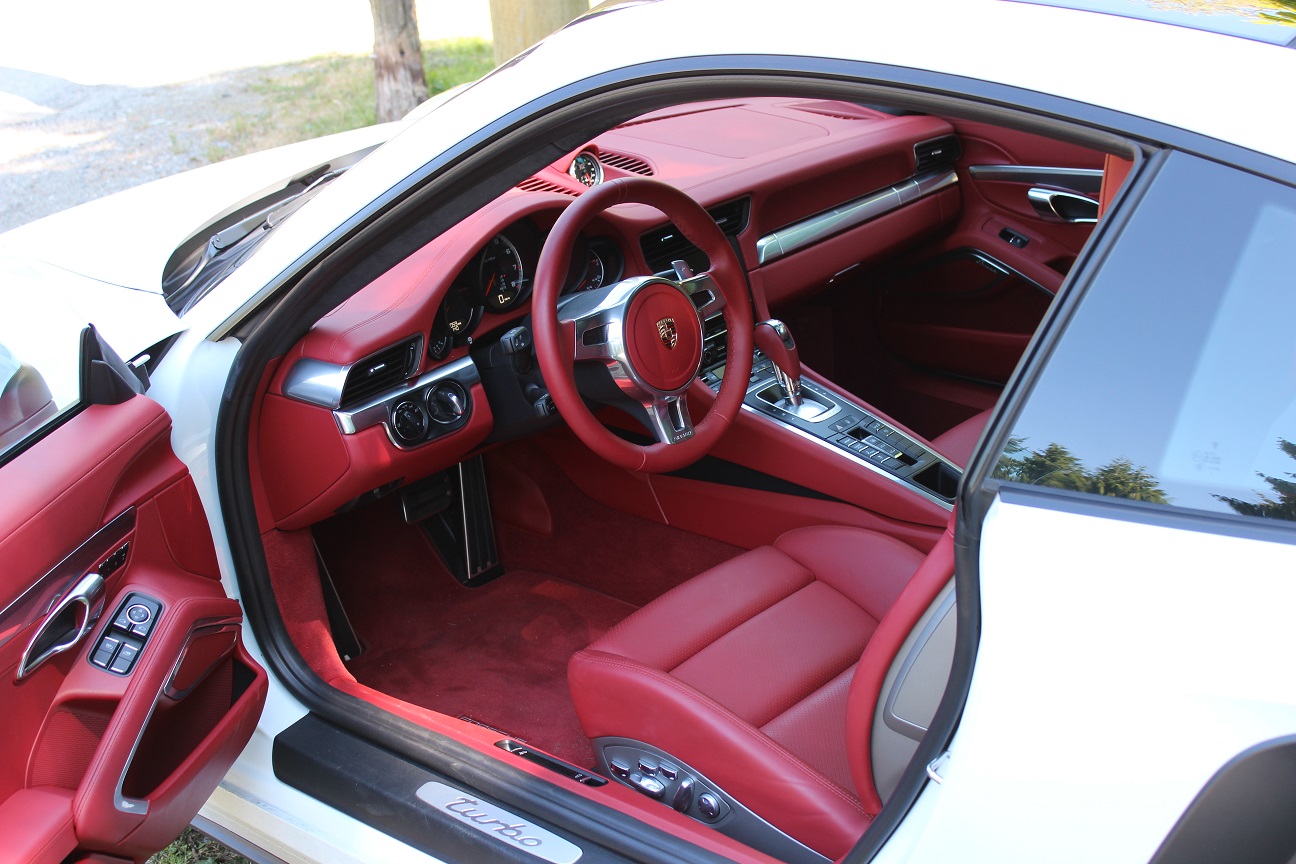 You can give me patent leather seats from the Dolce & Gabbana catalogue for all I care, as long as the acceleration remains as it does.
You can give me patent leather seats from the Dolce & Gabbana catalogue for all I care, as long as the acceleration remains as it does.